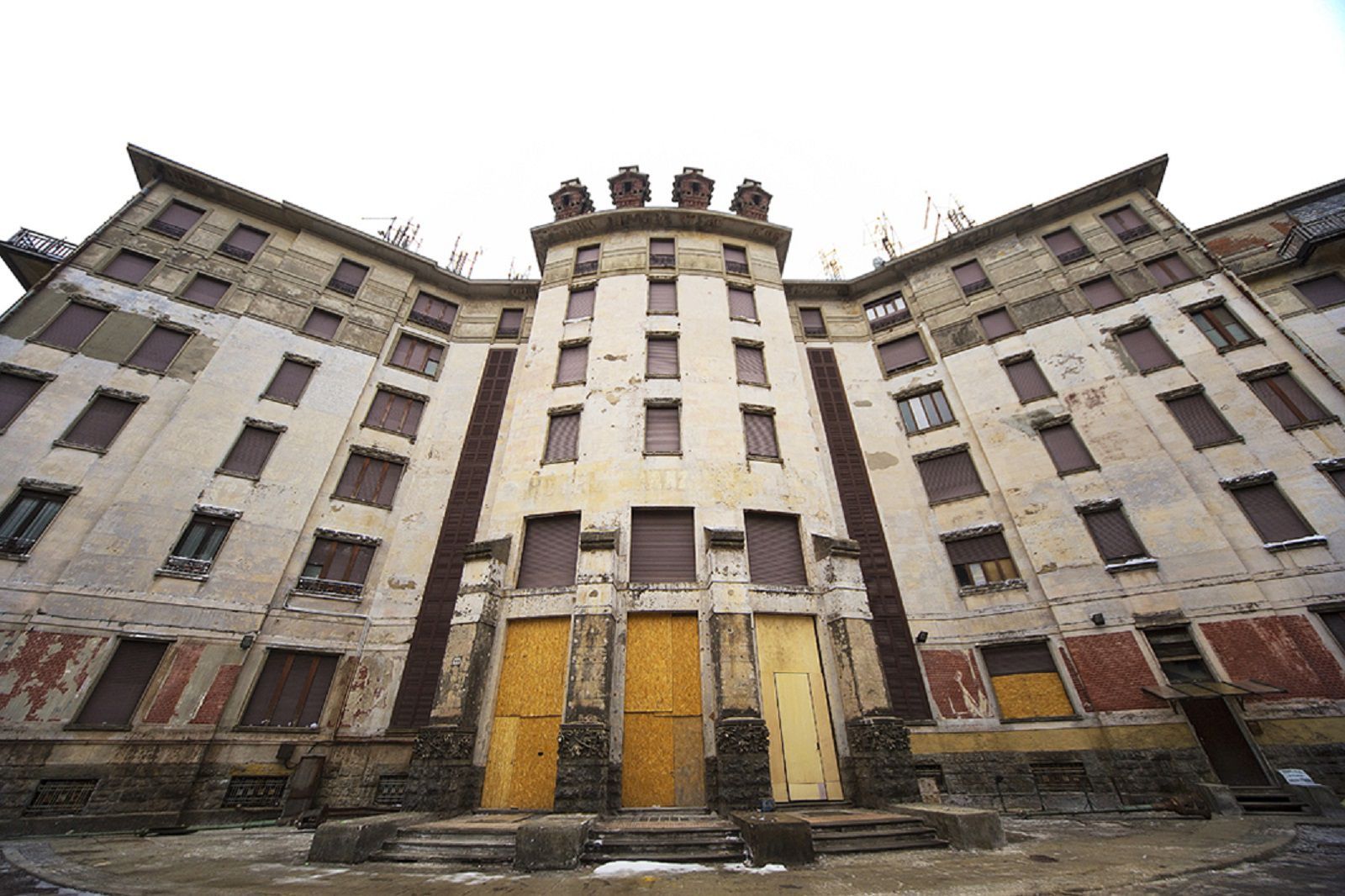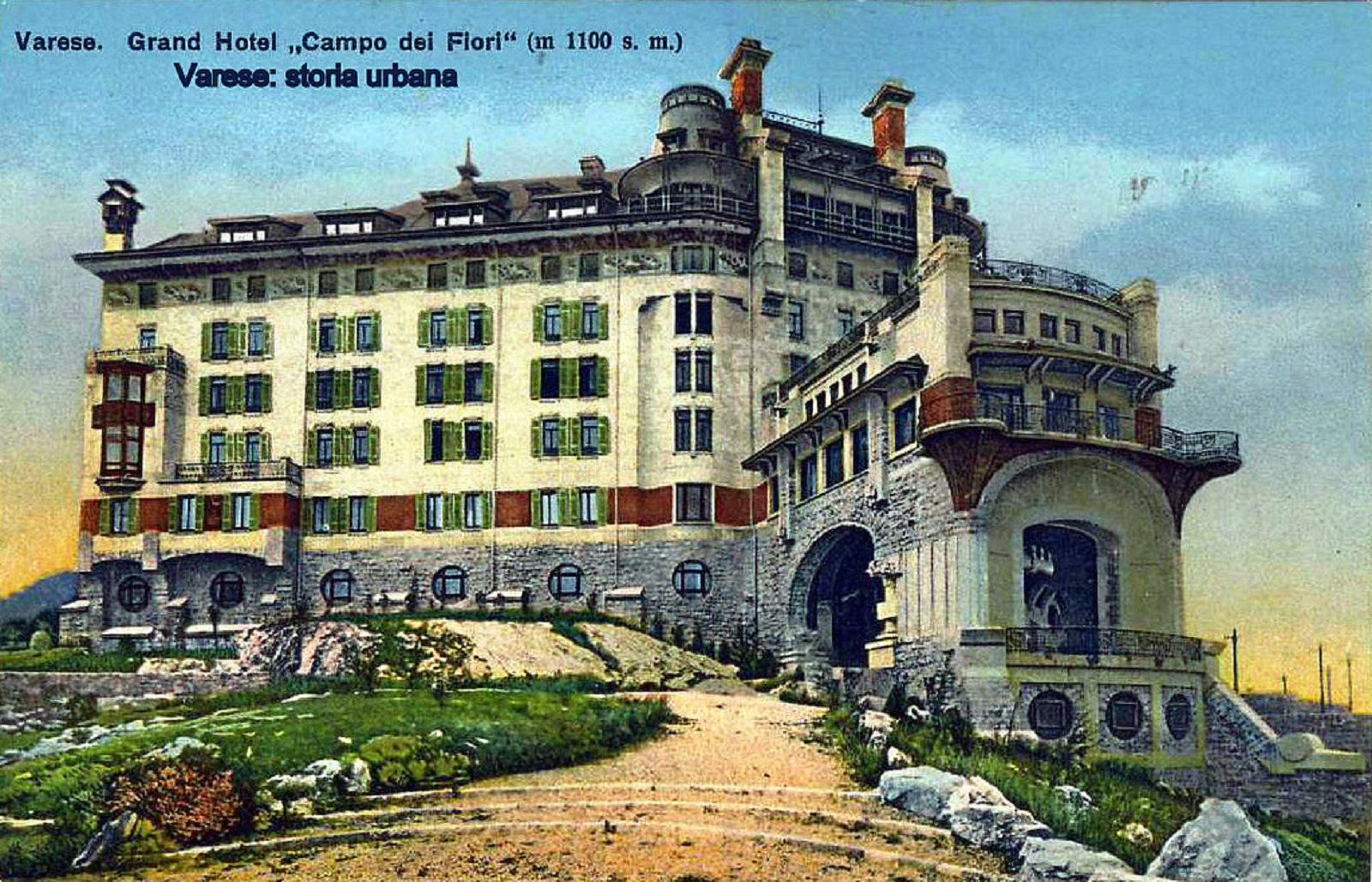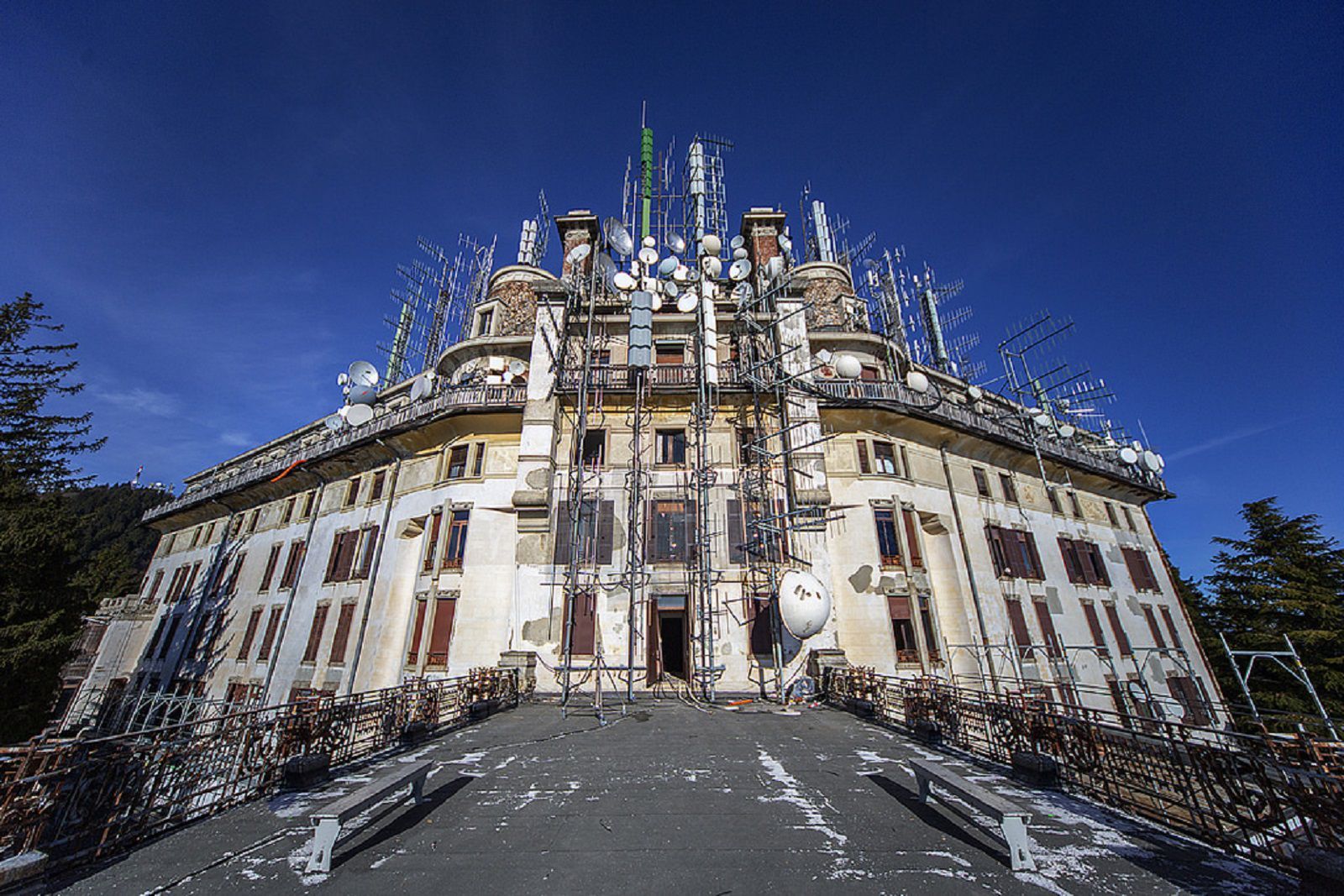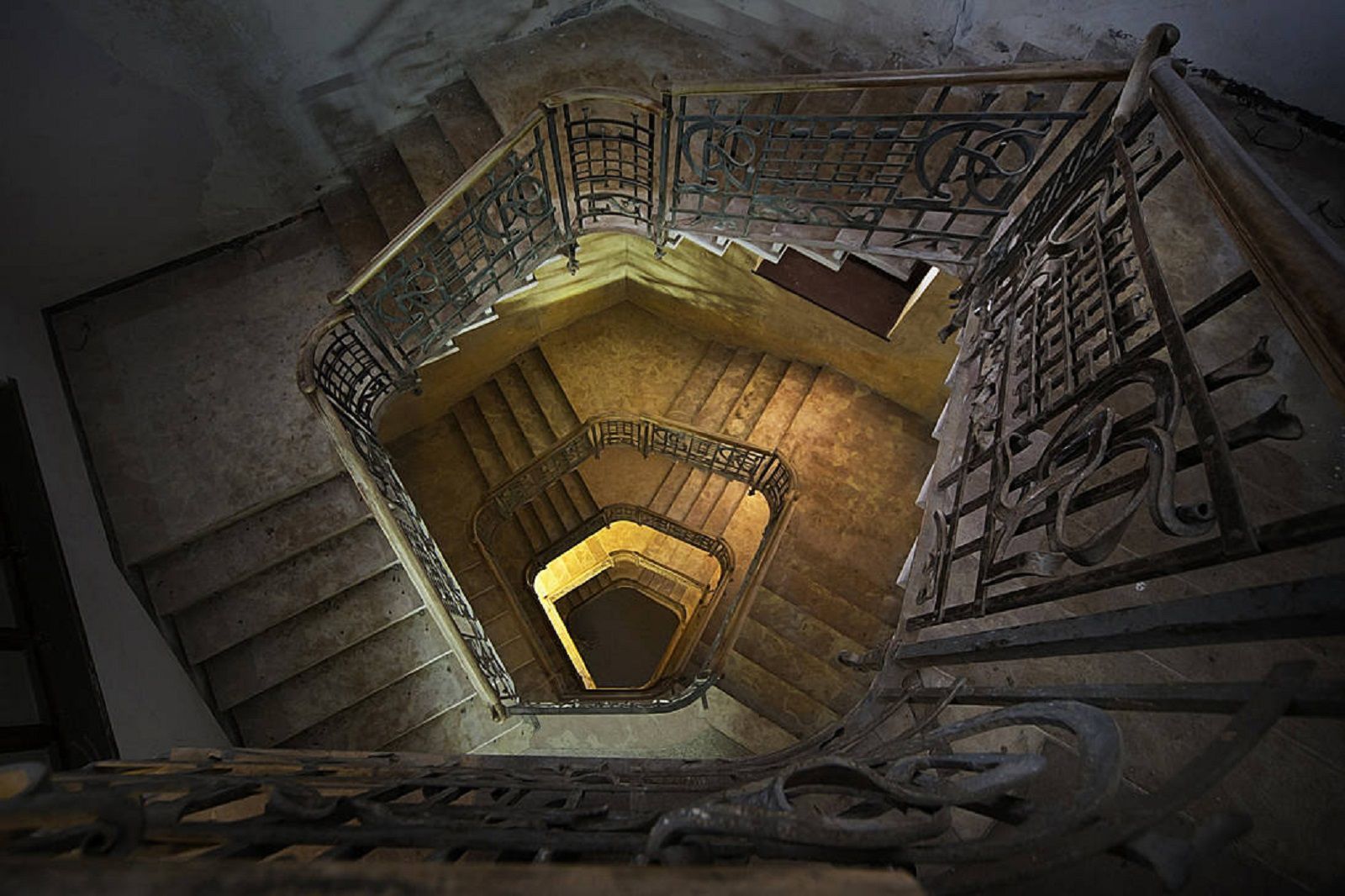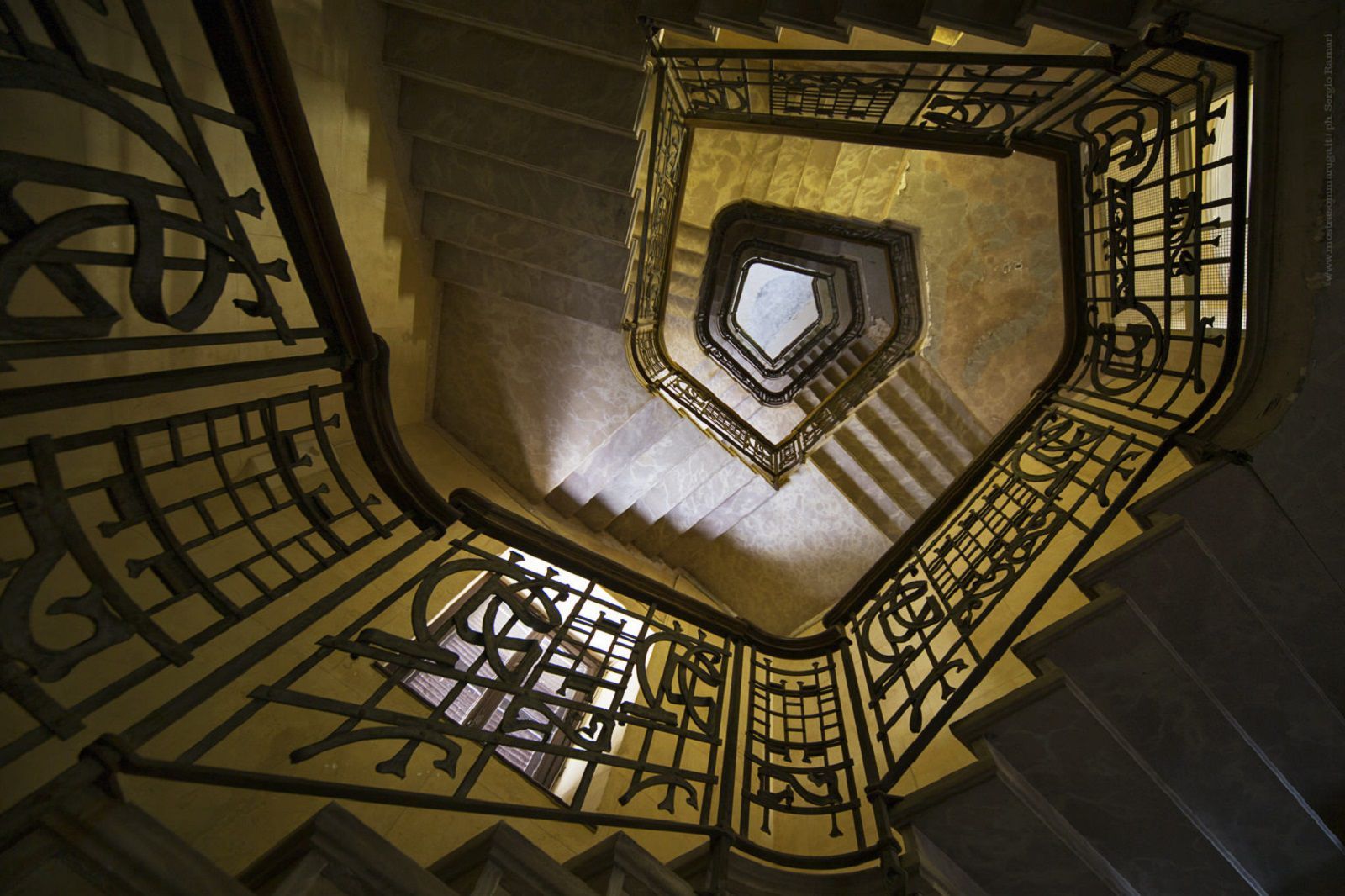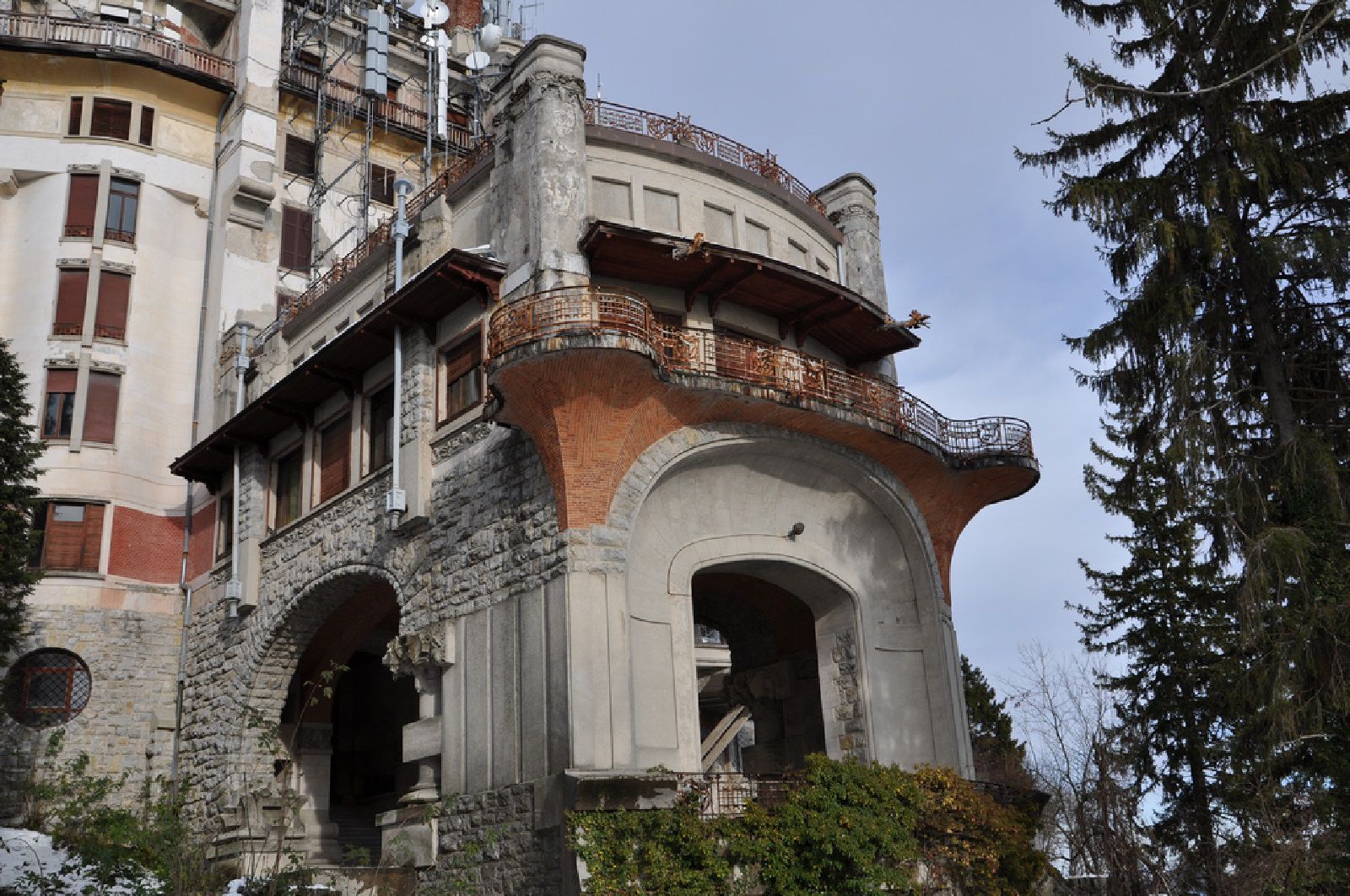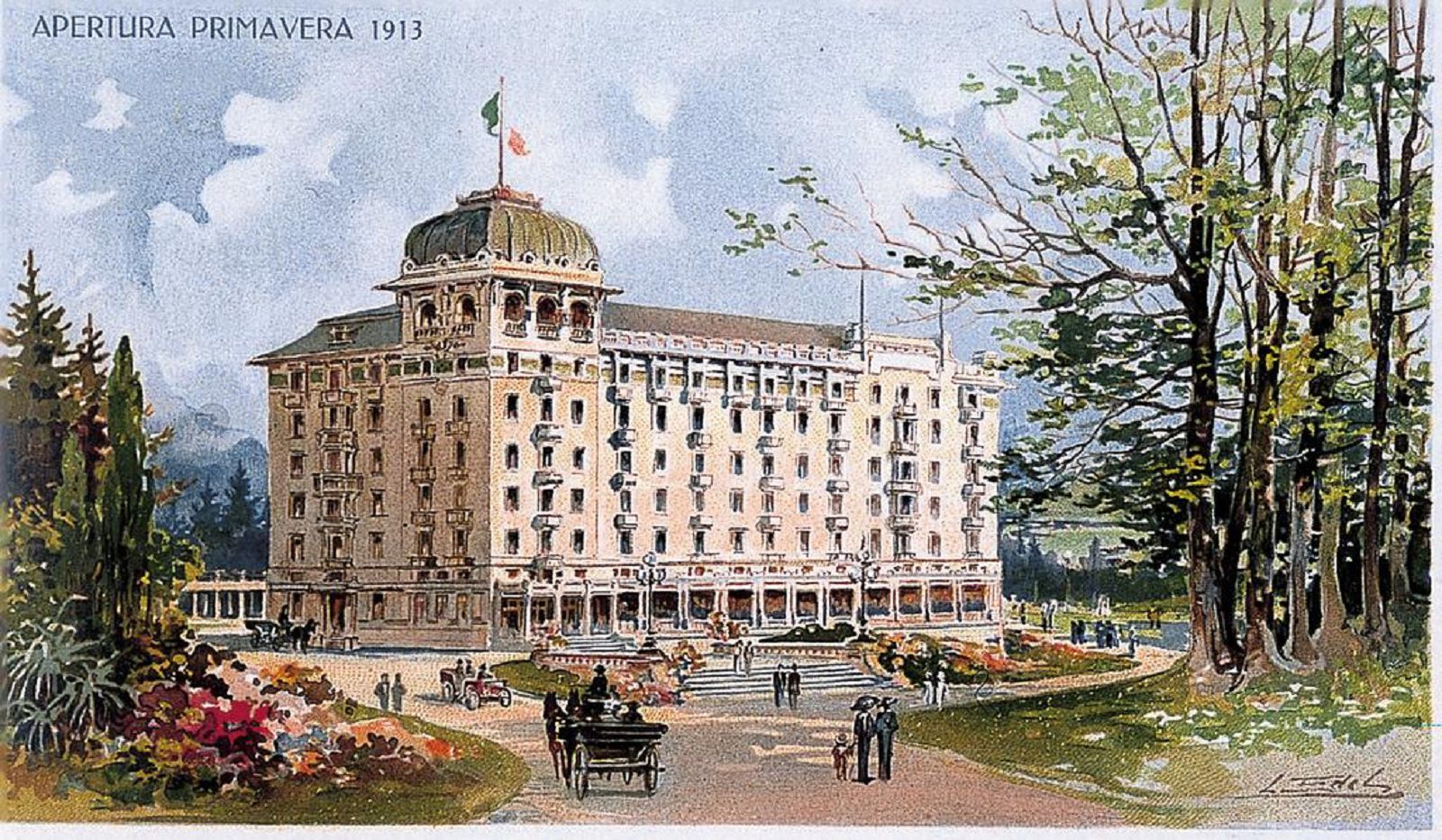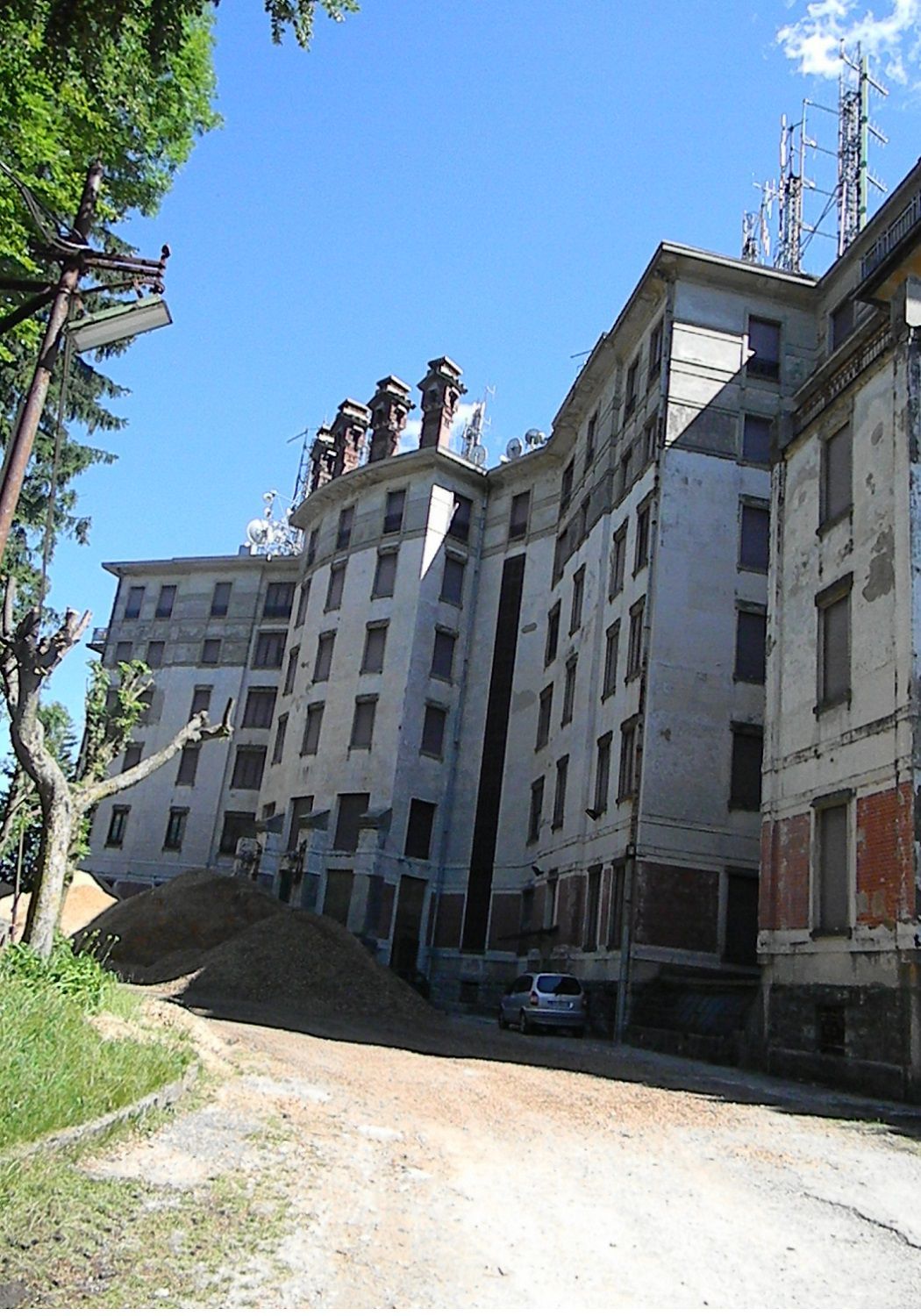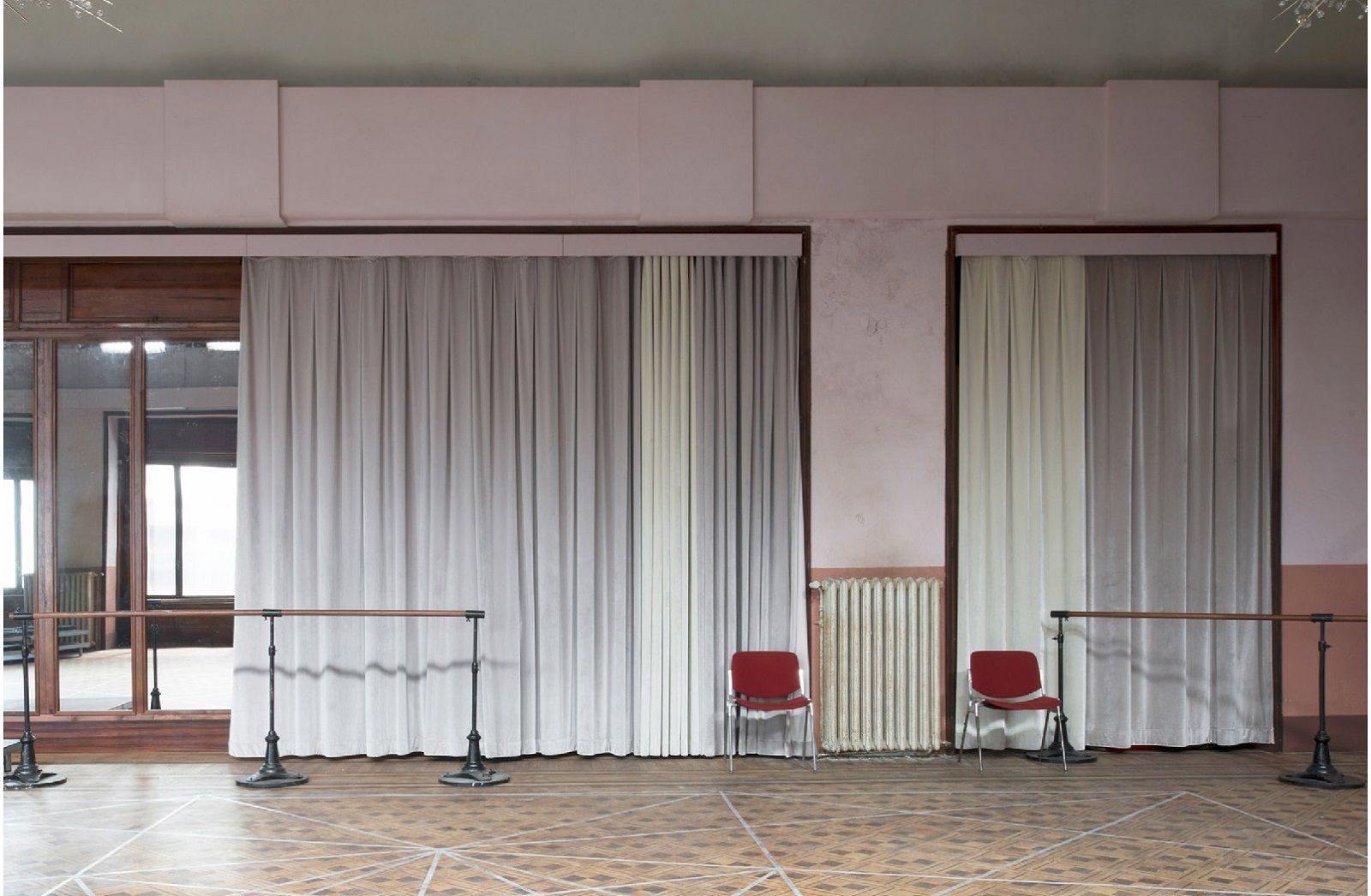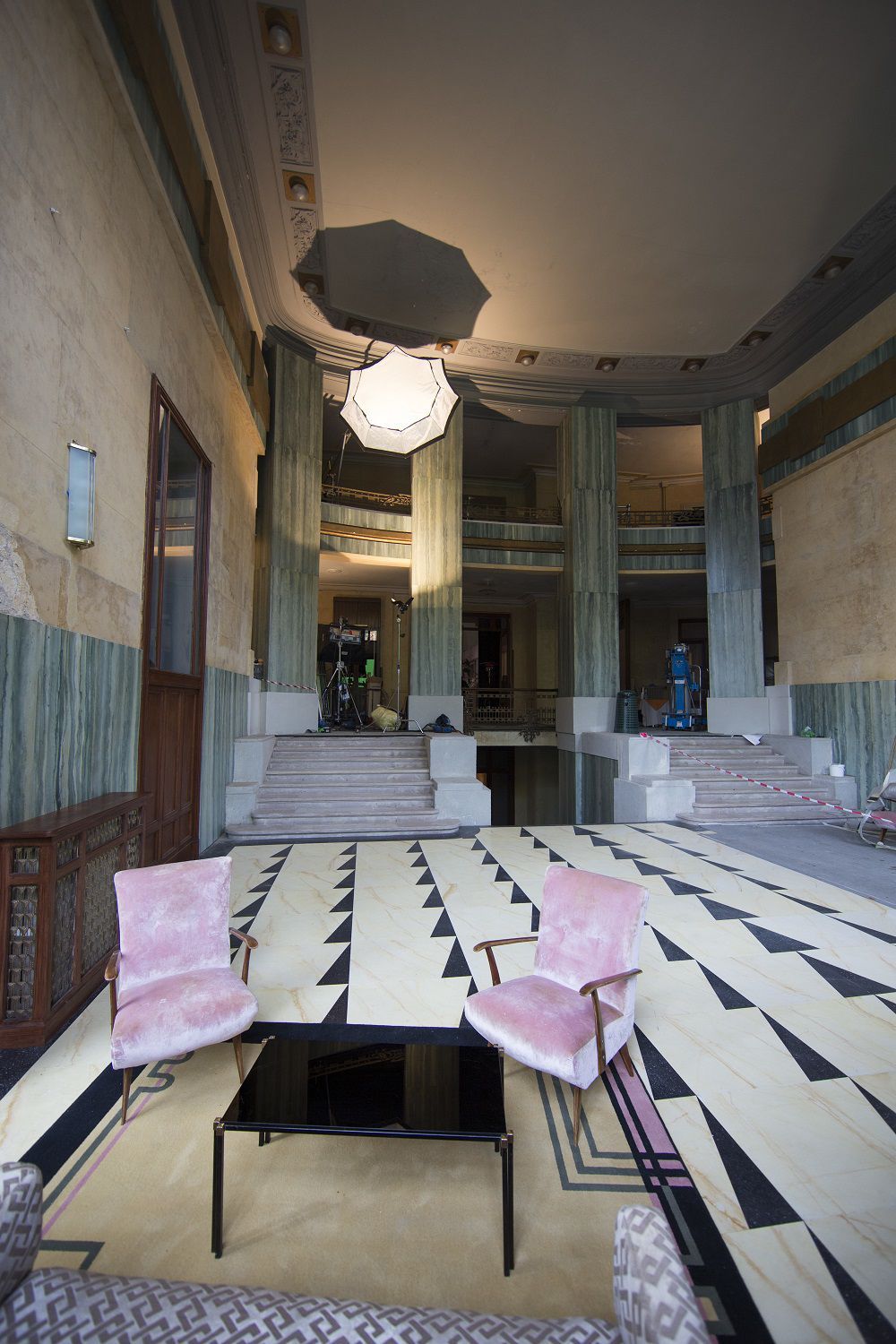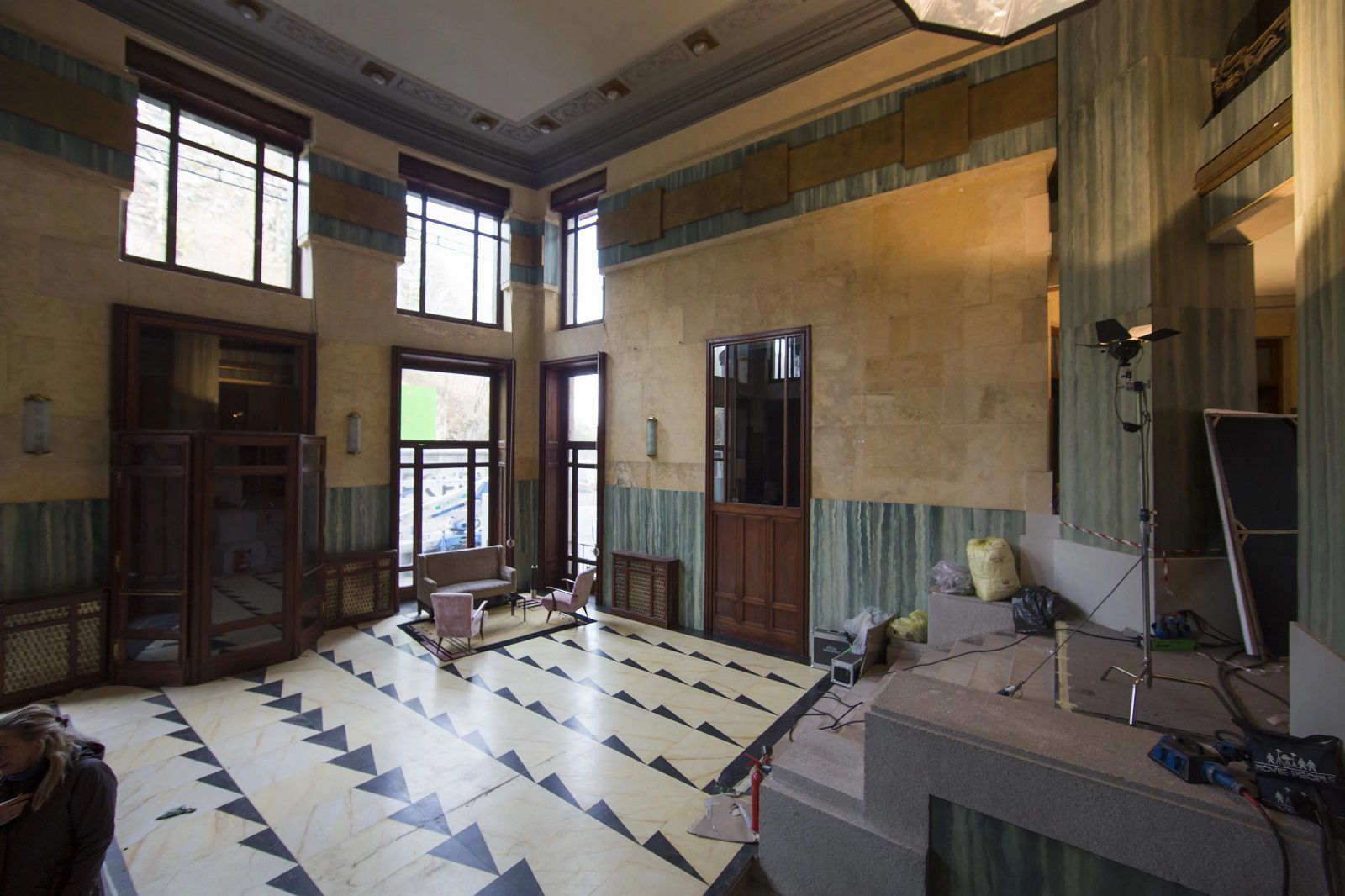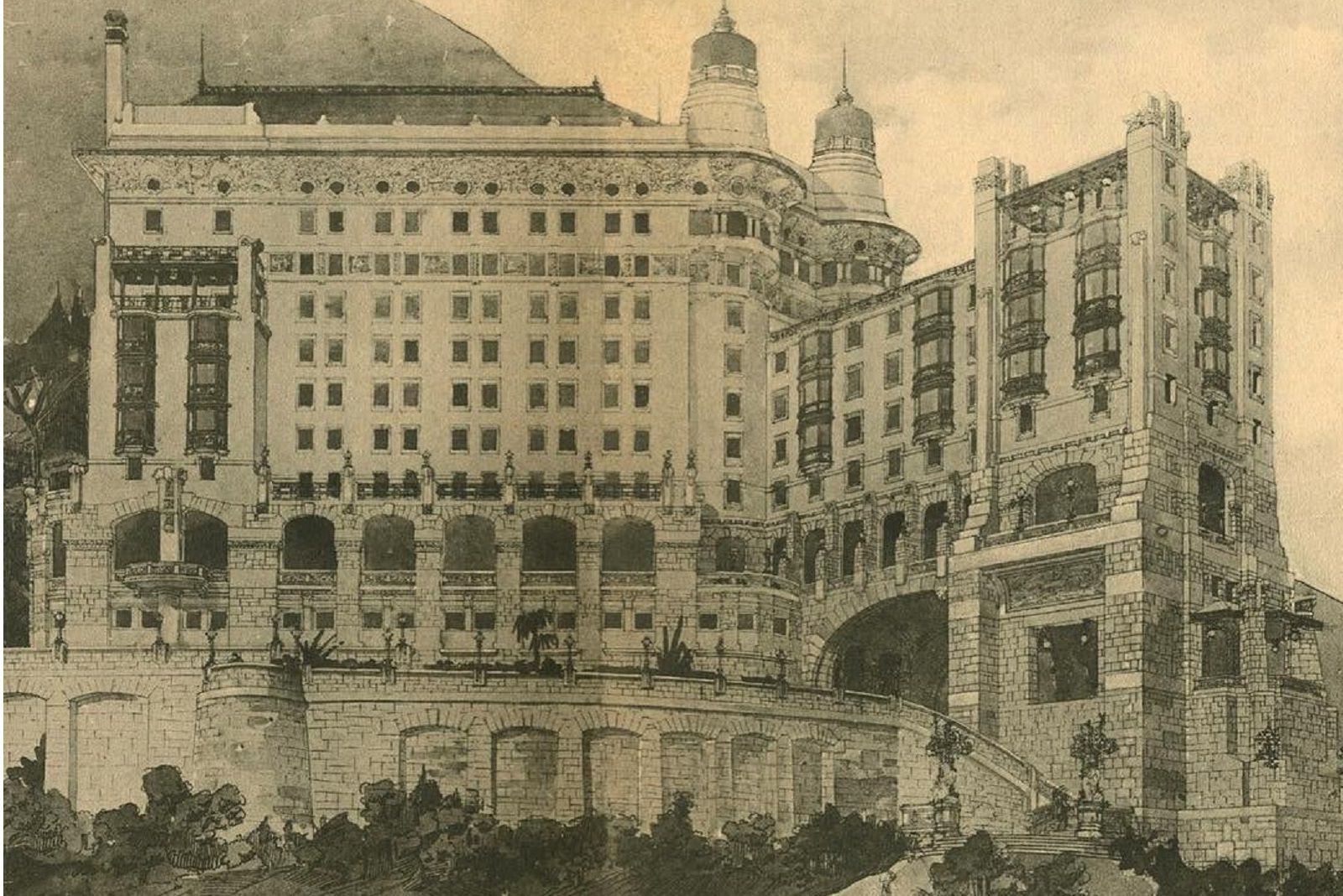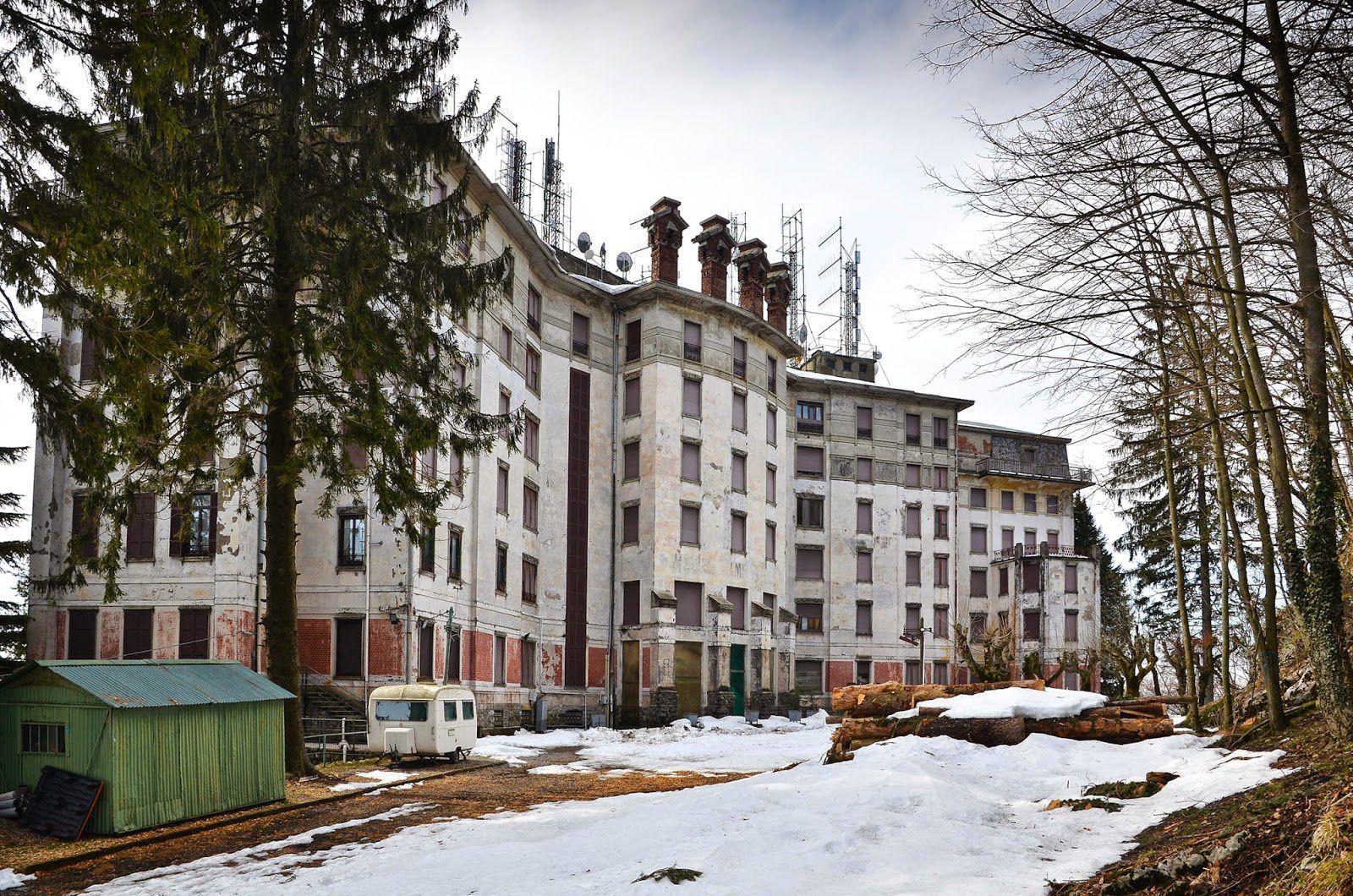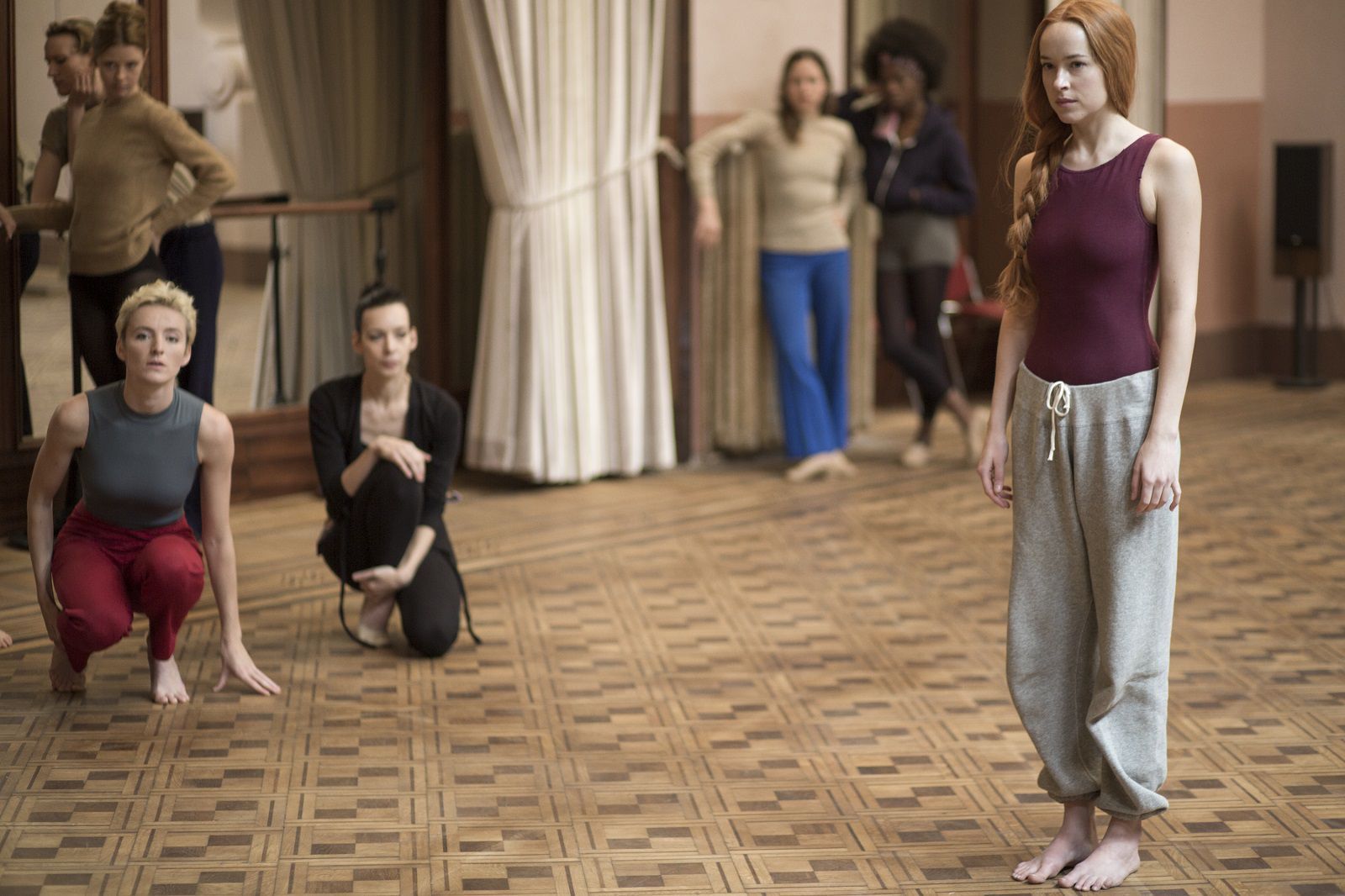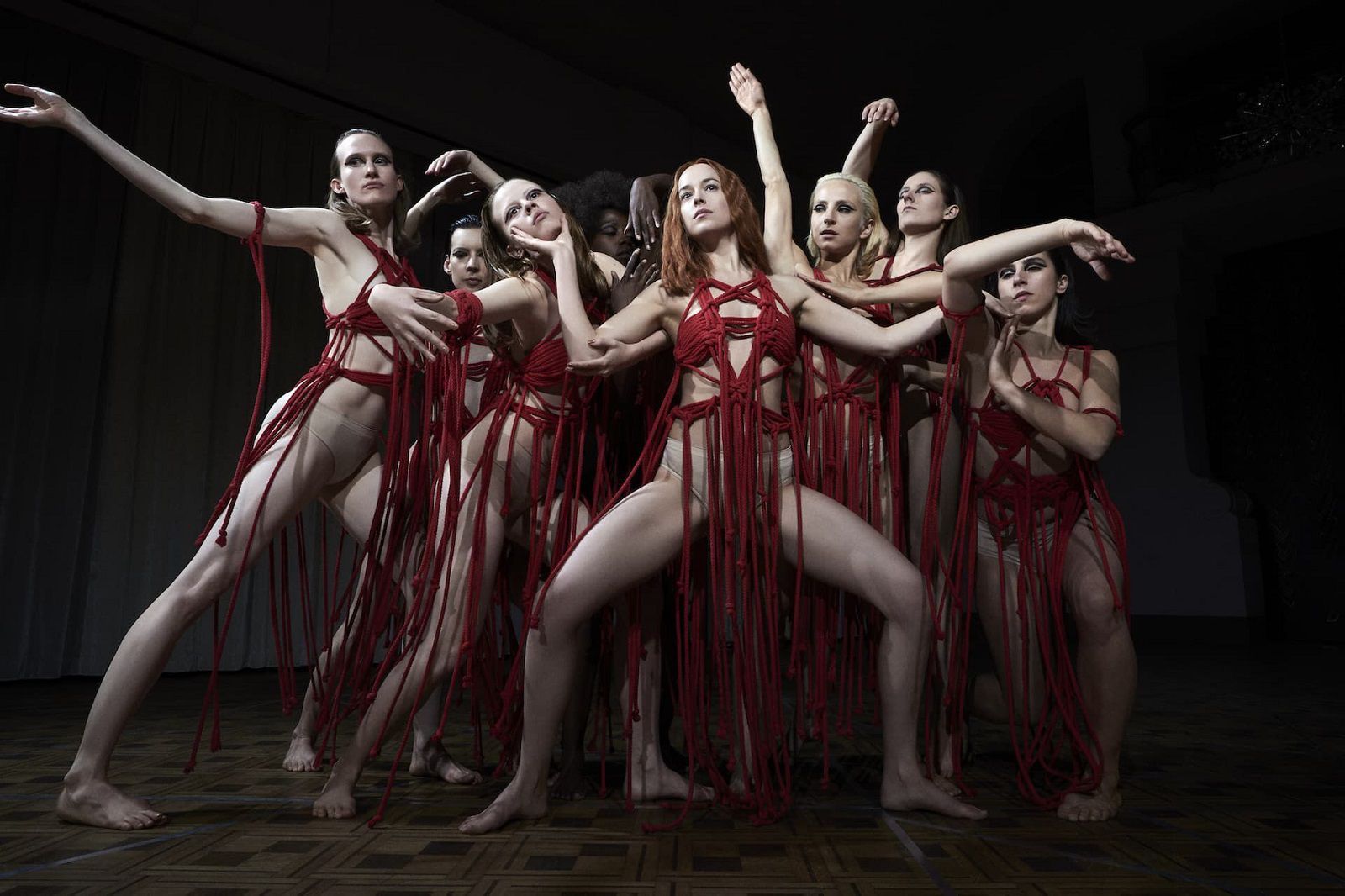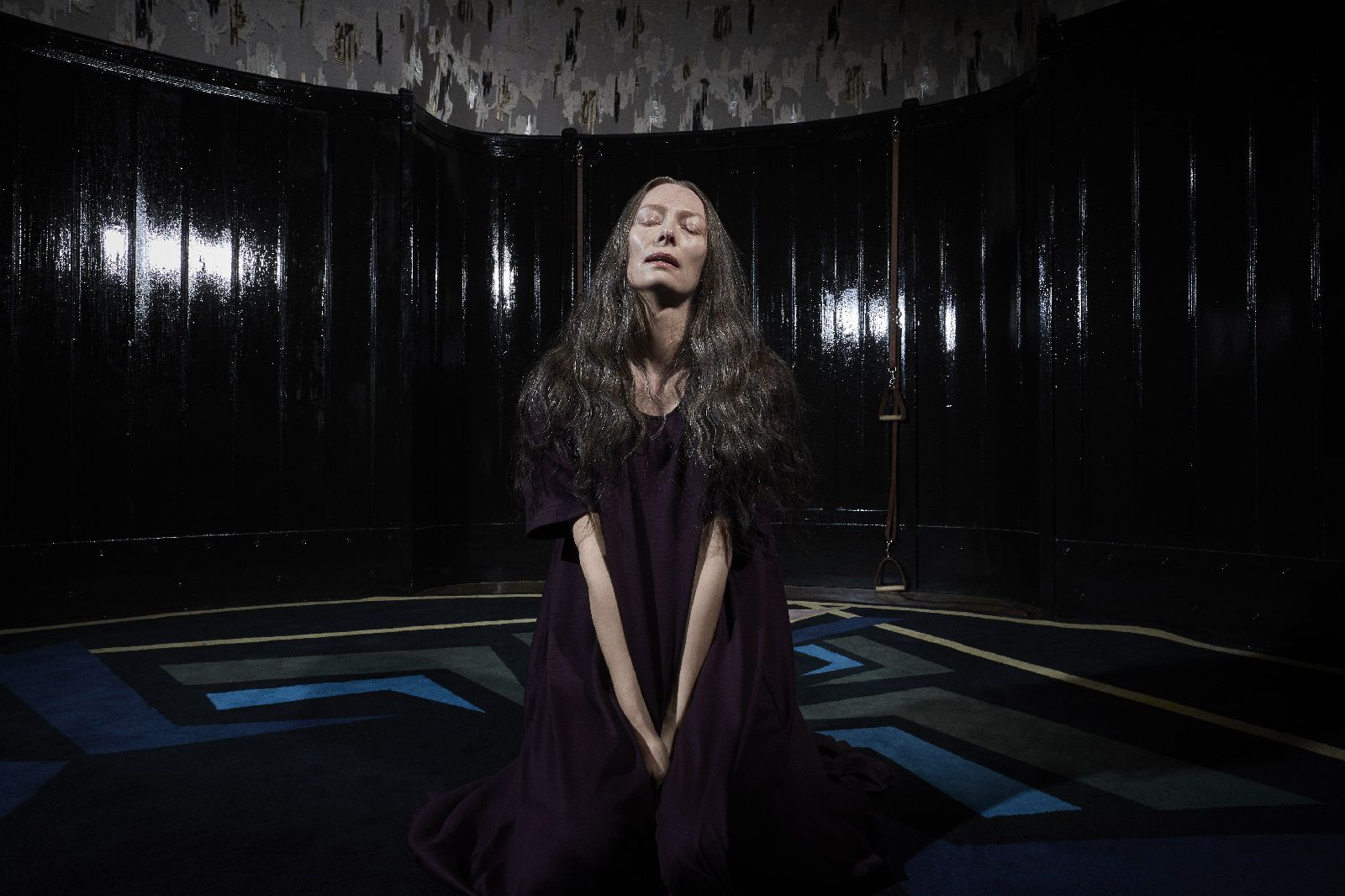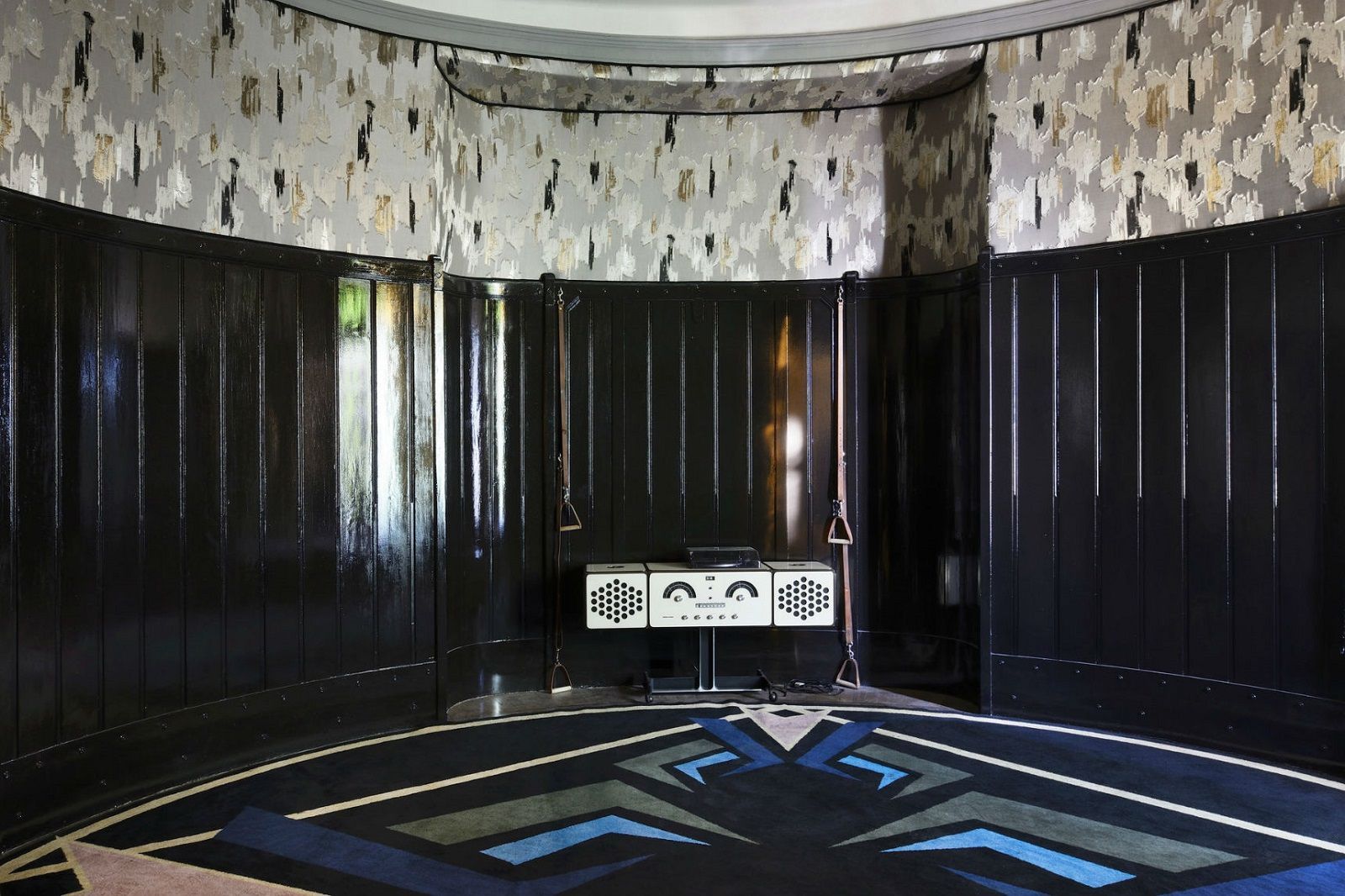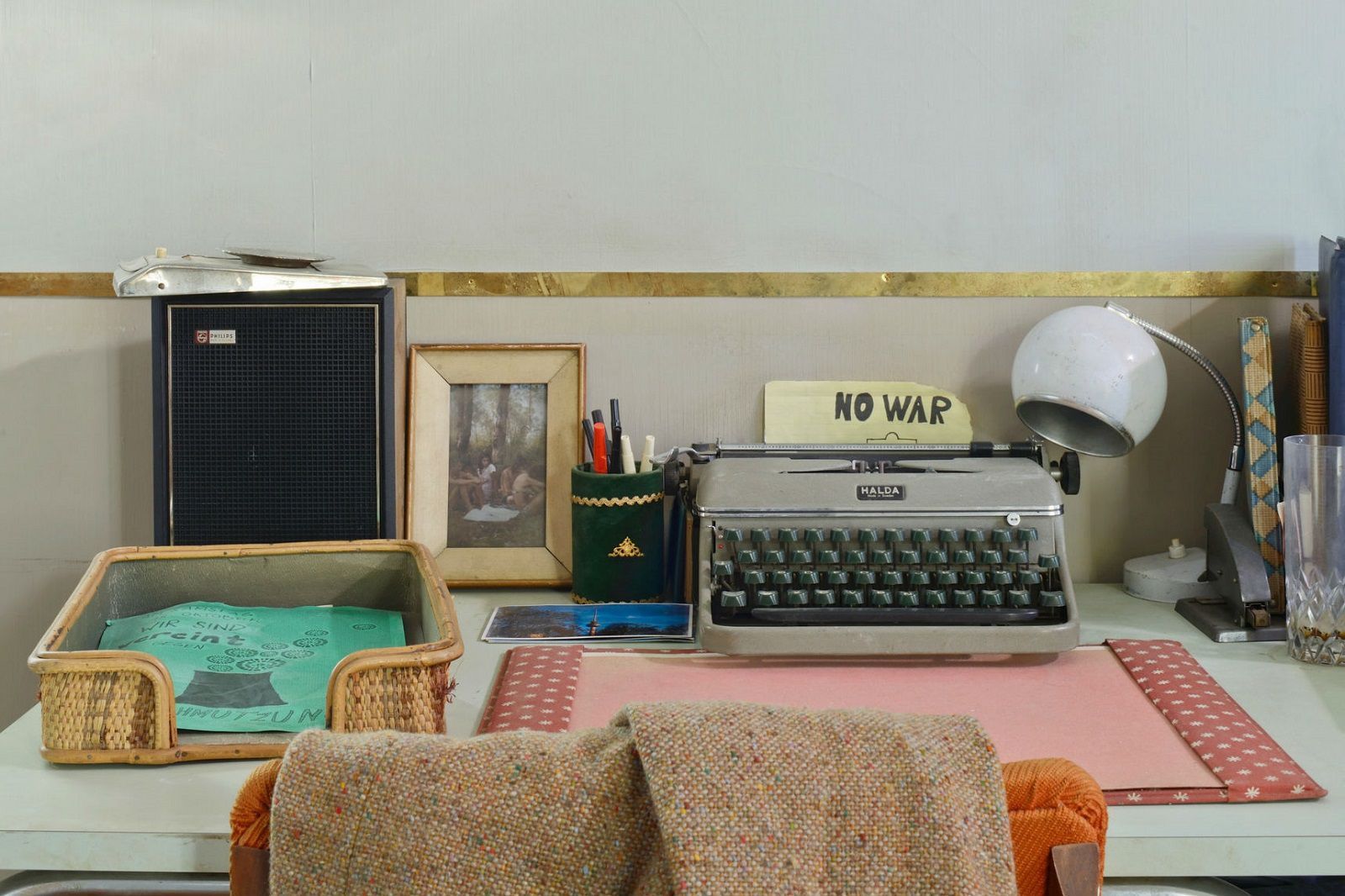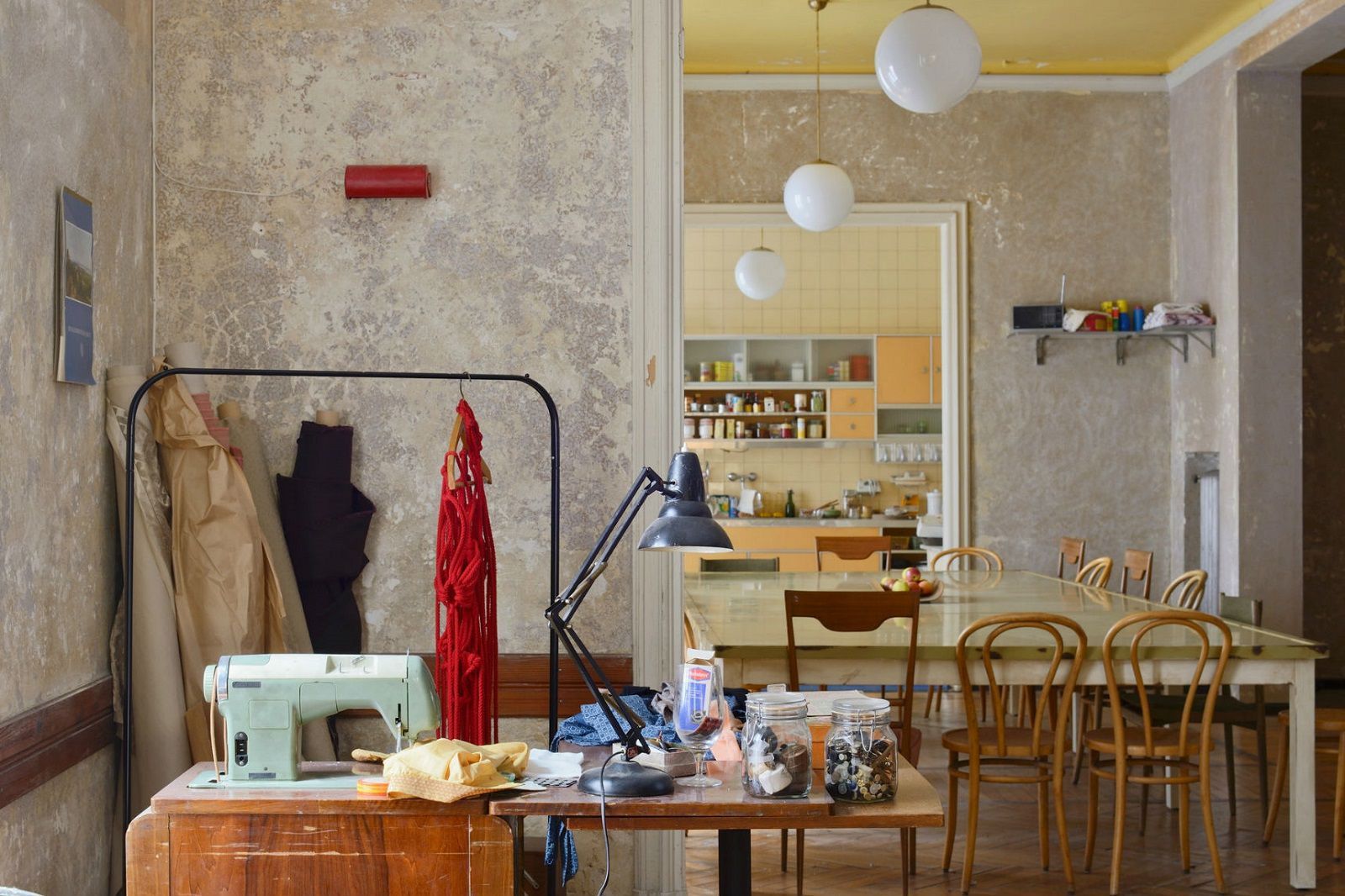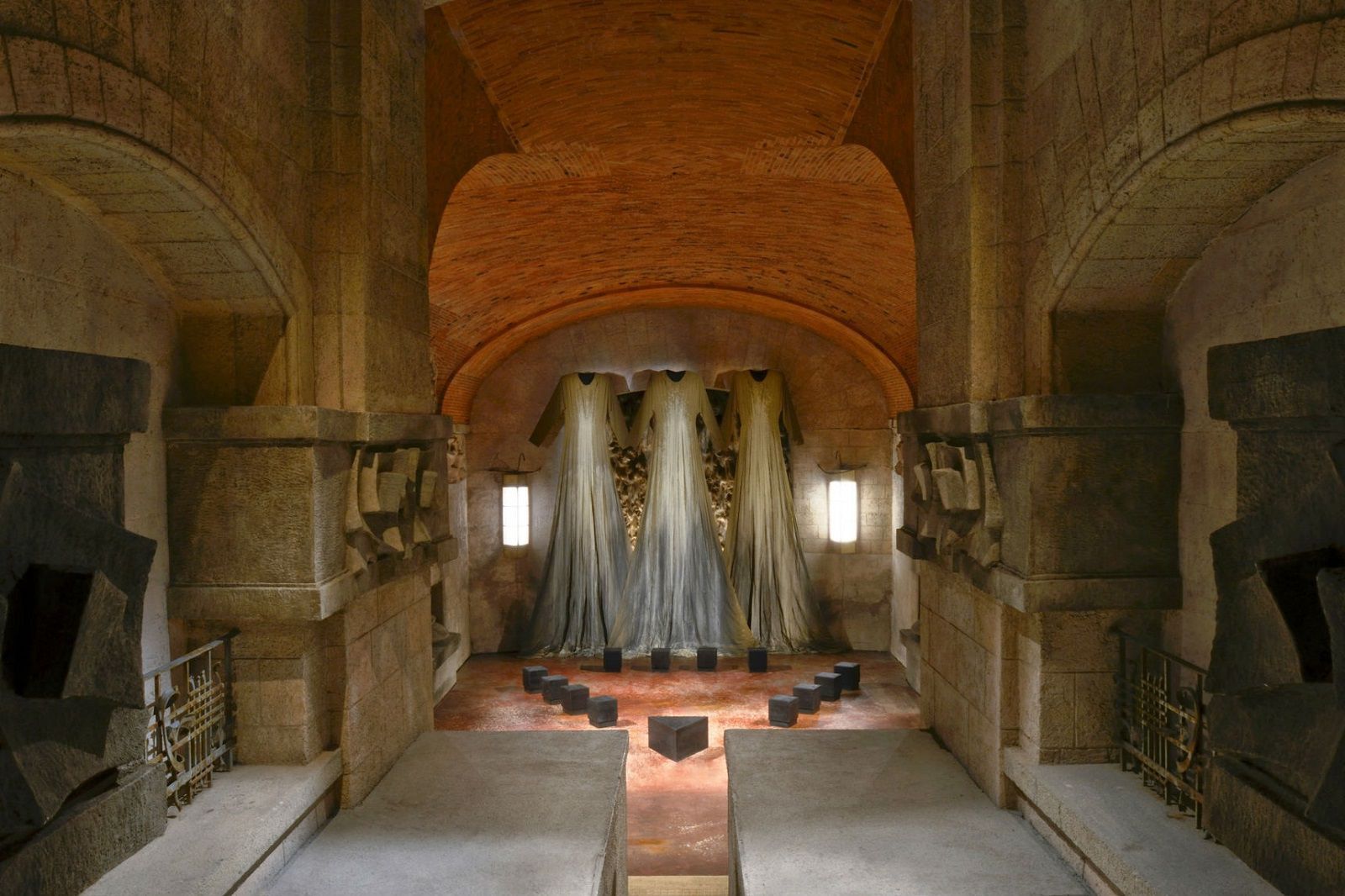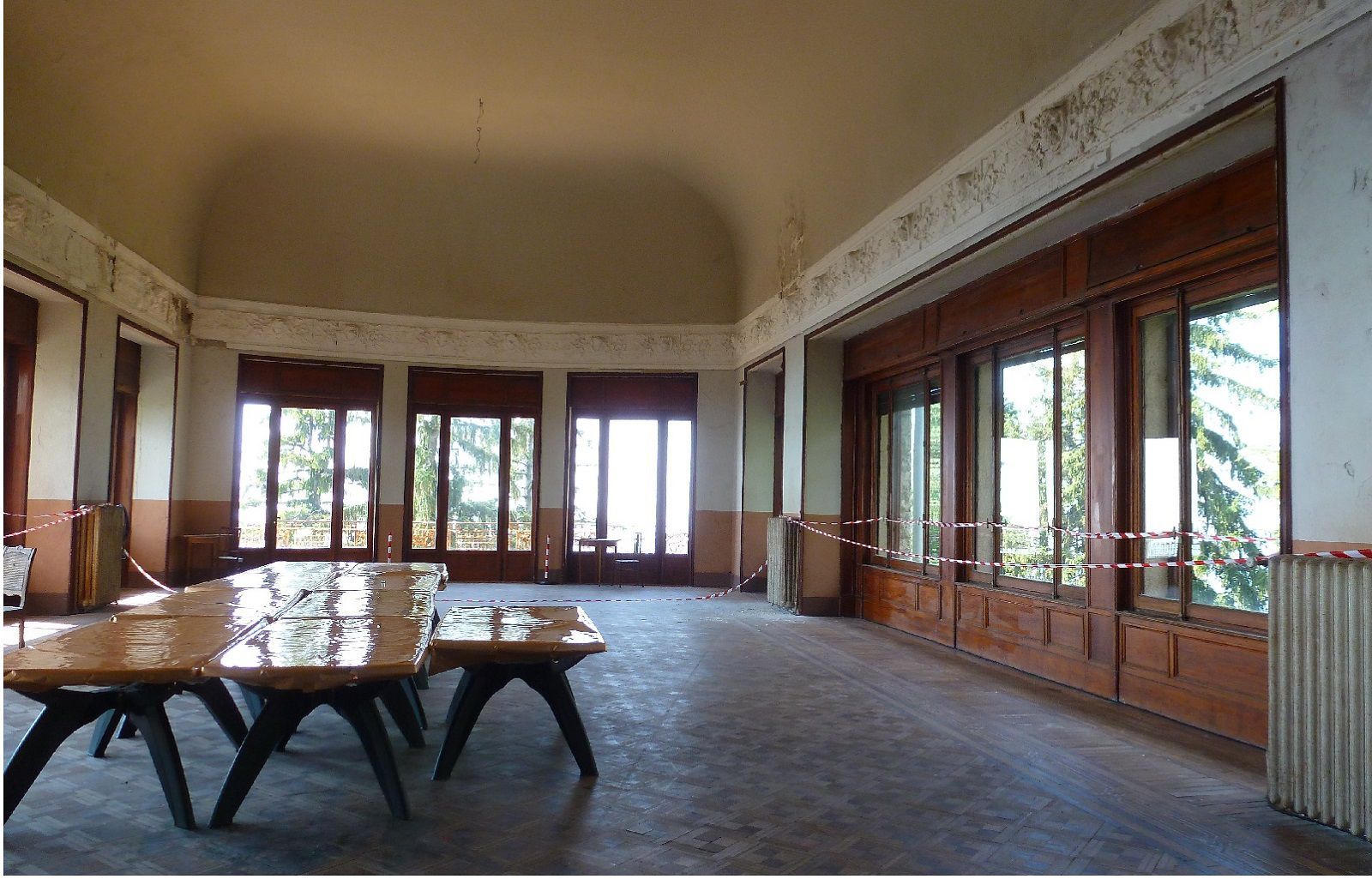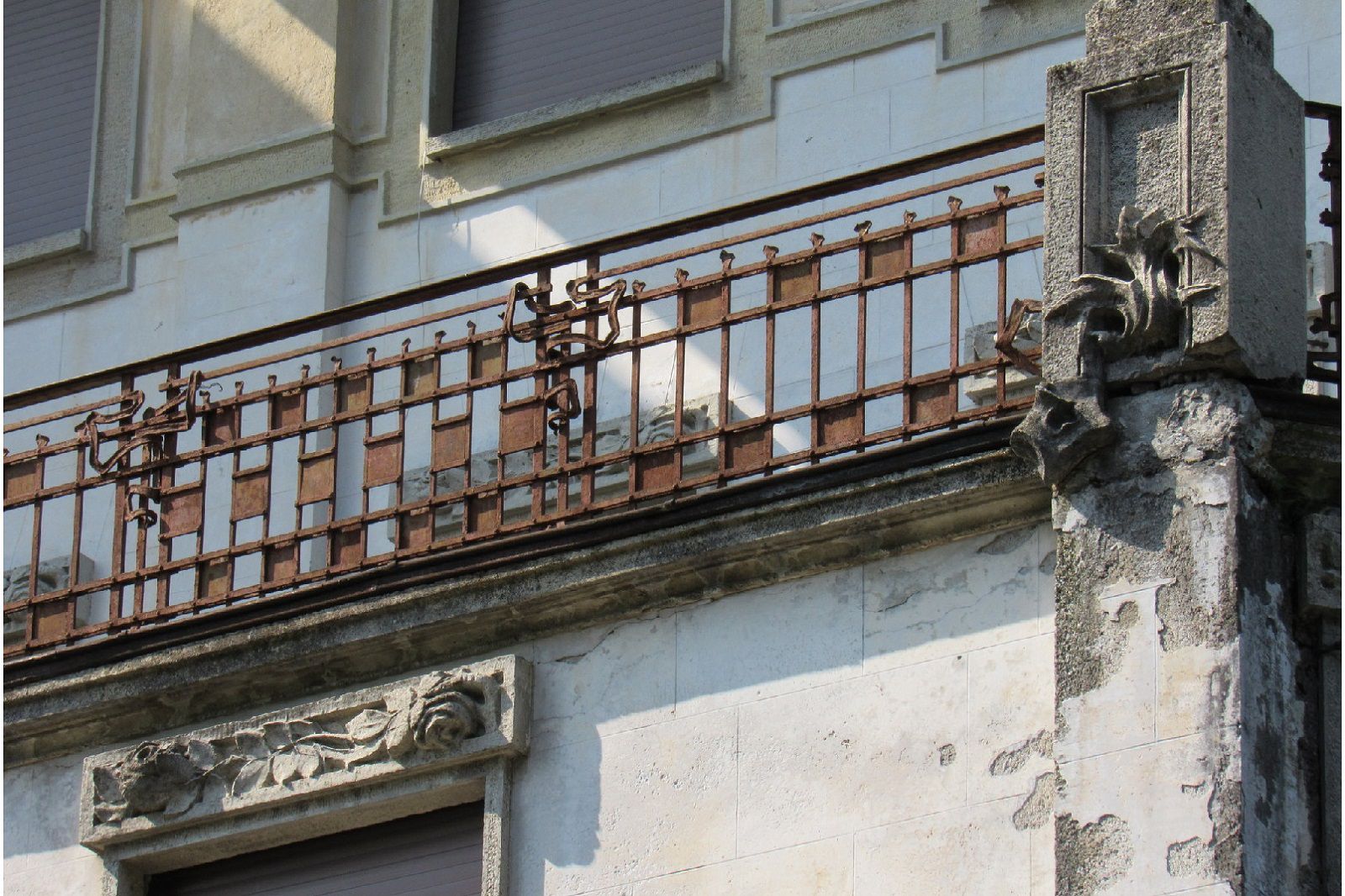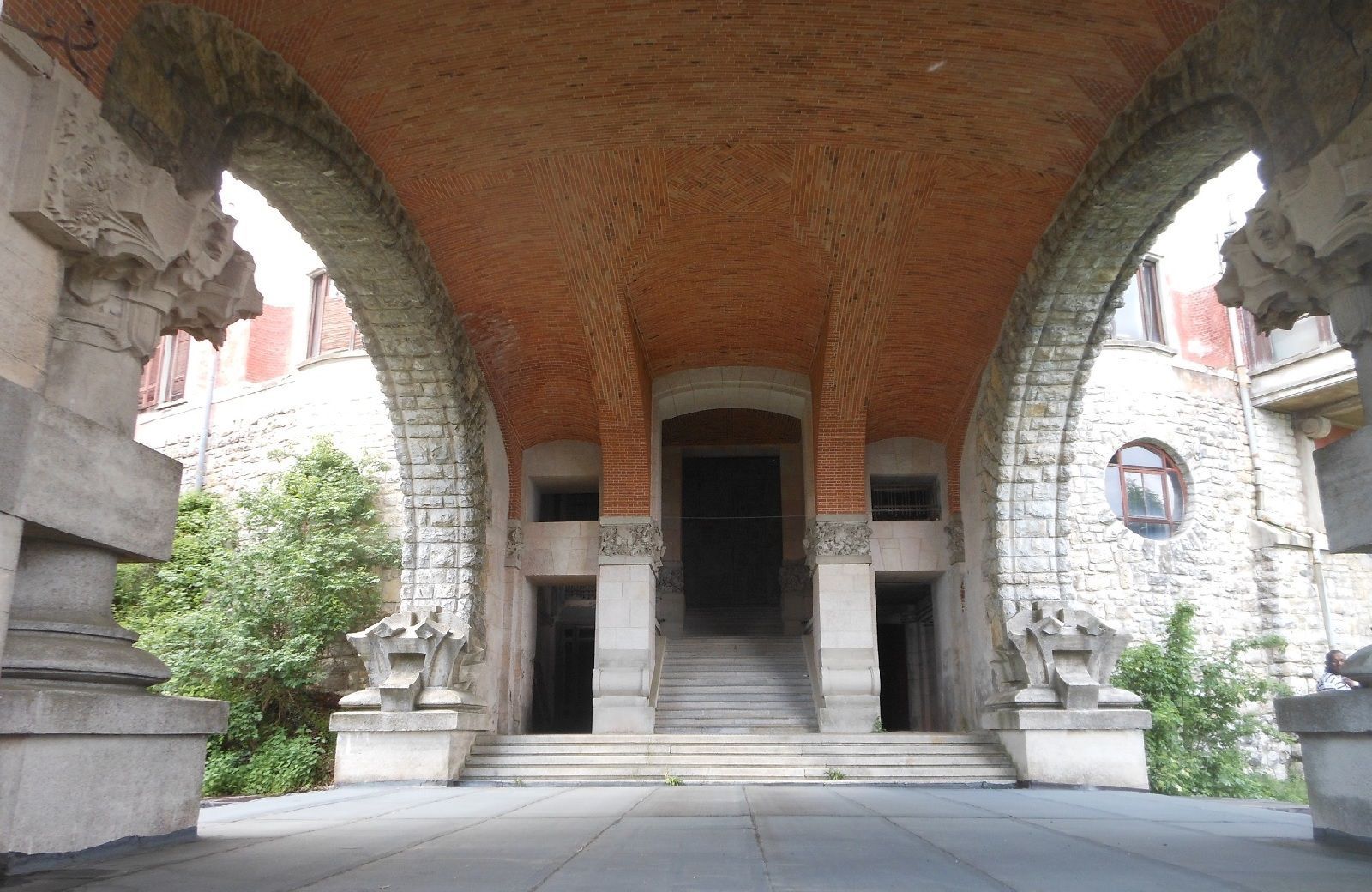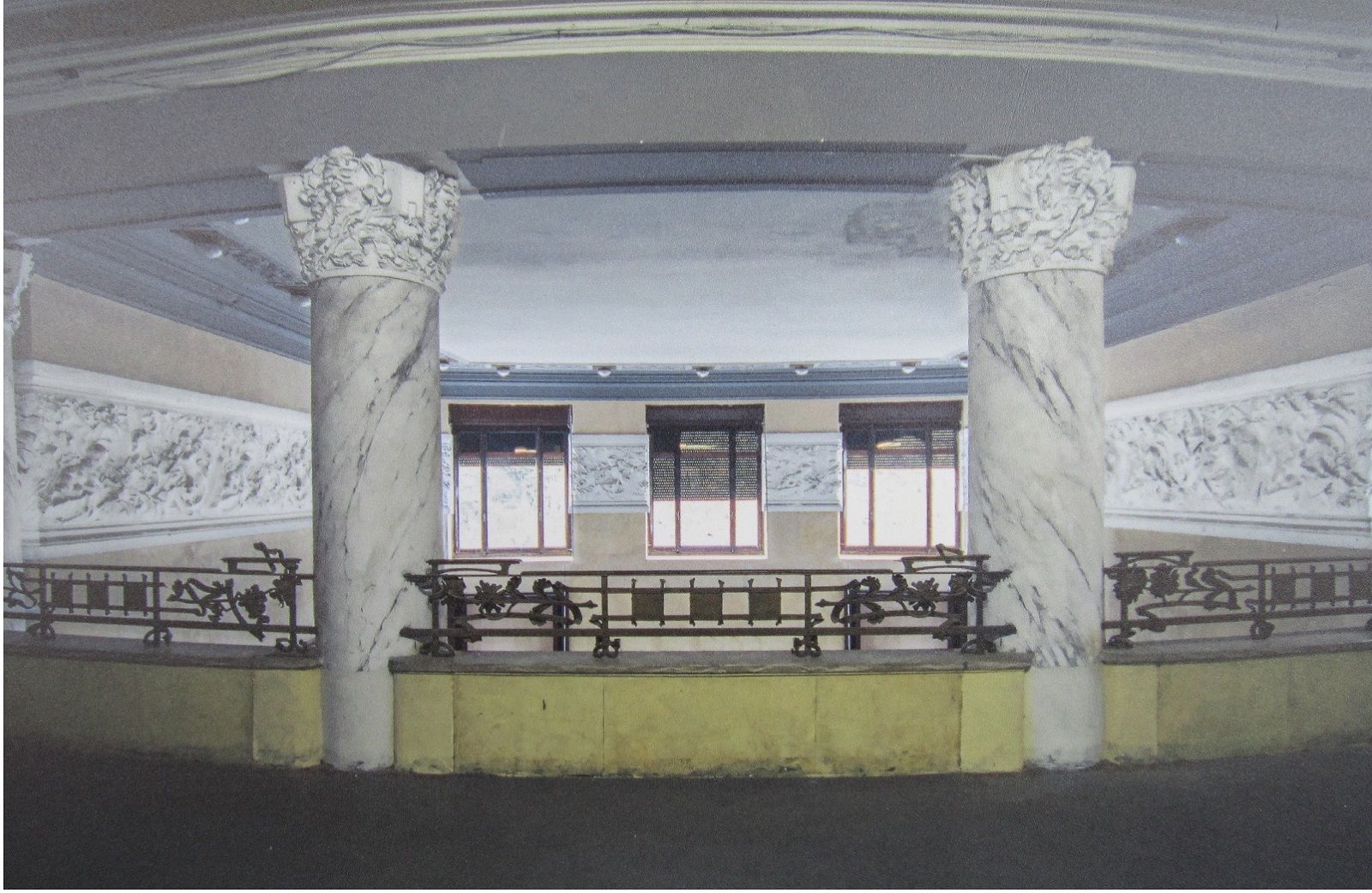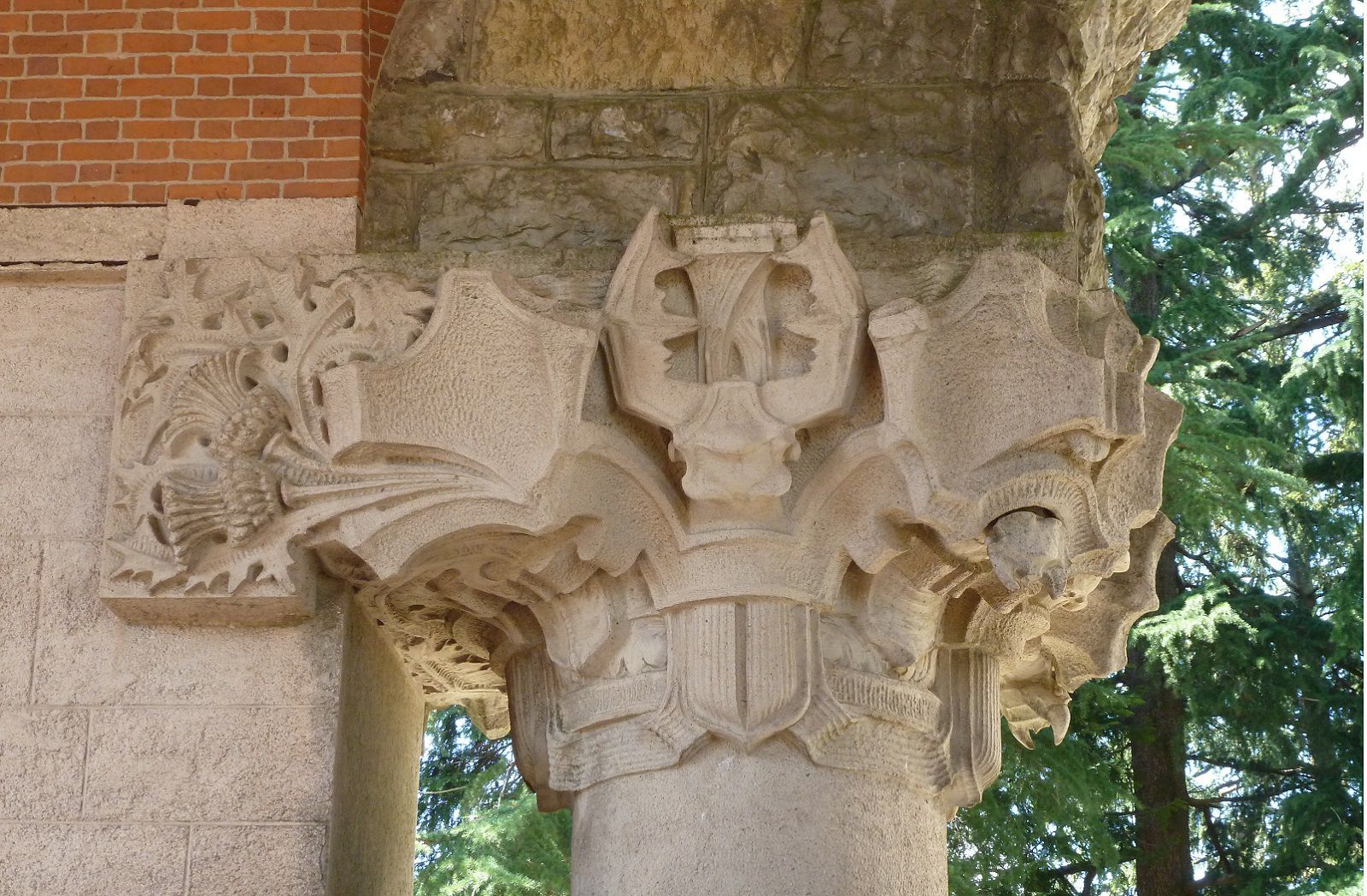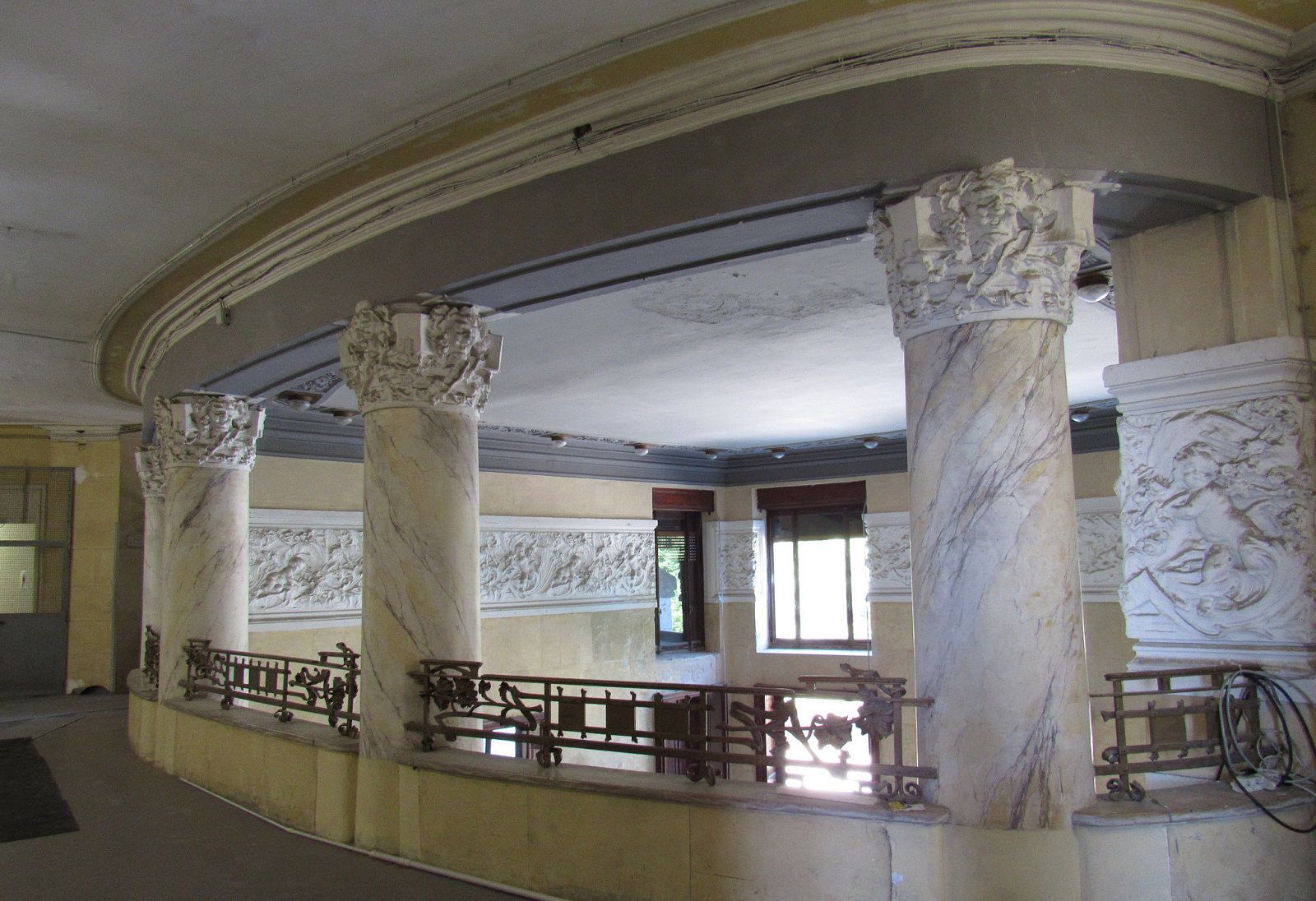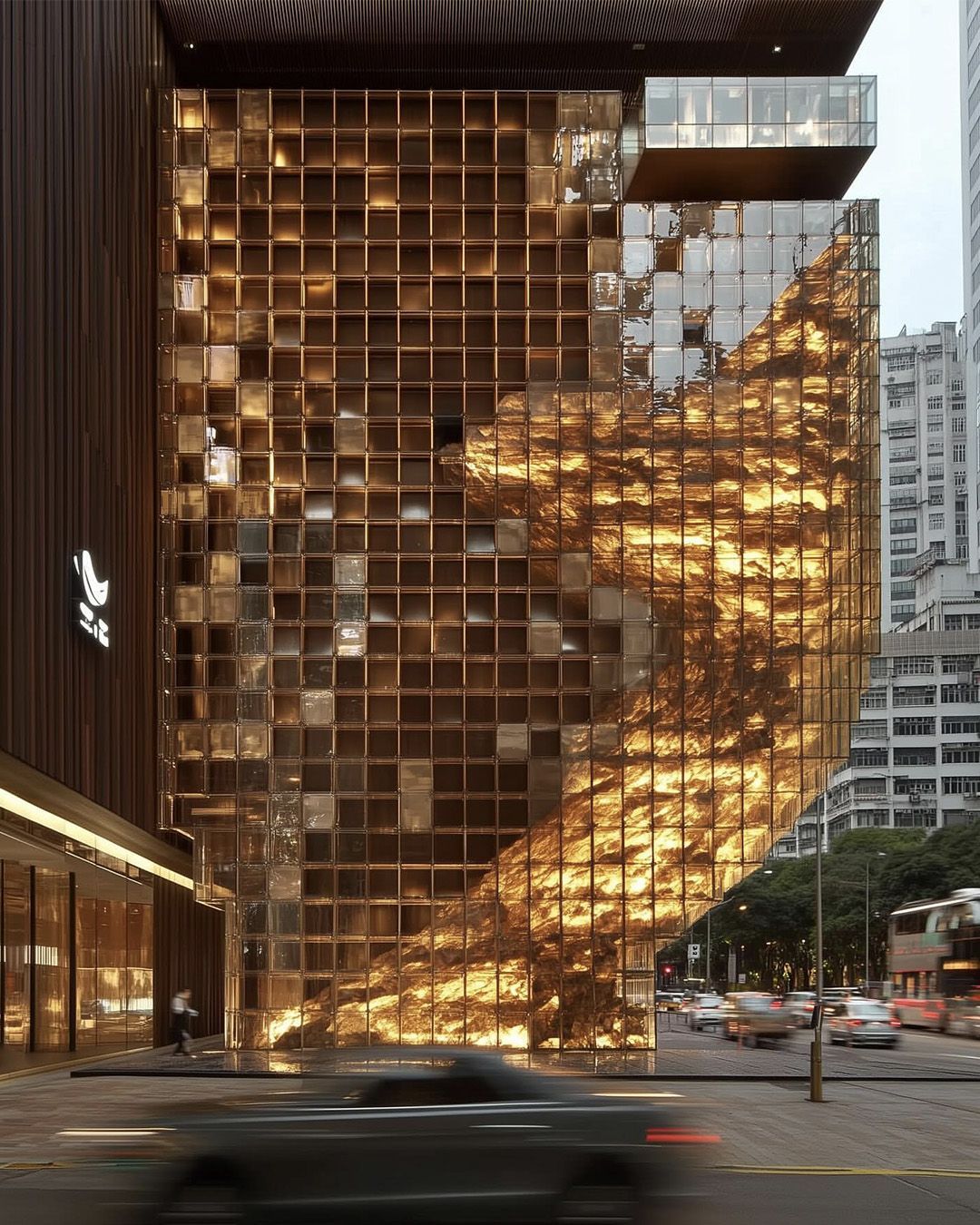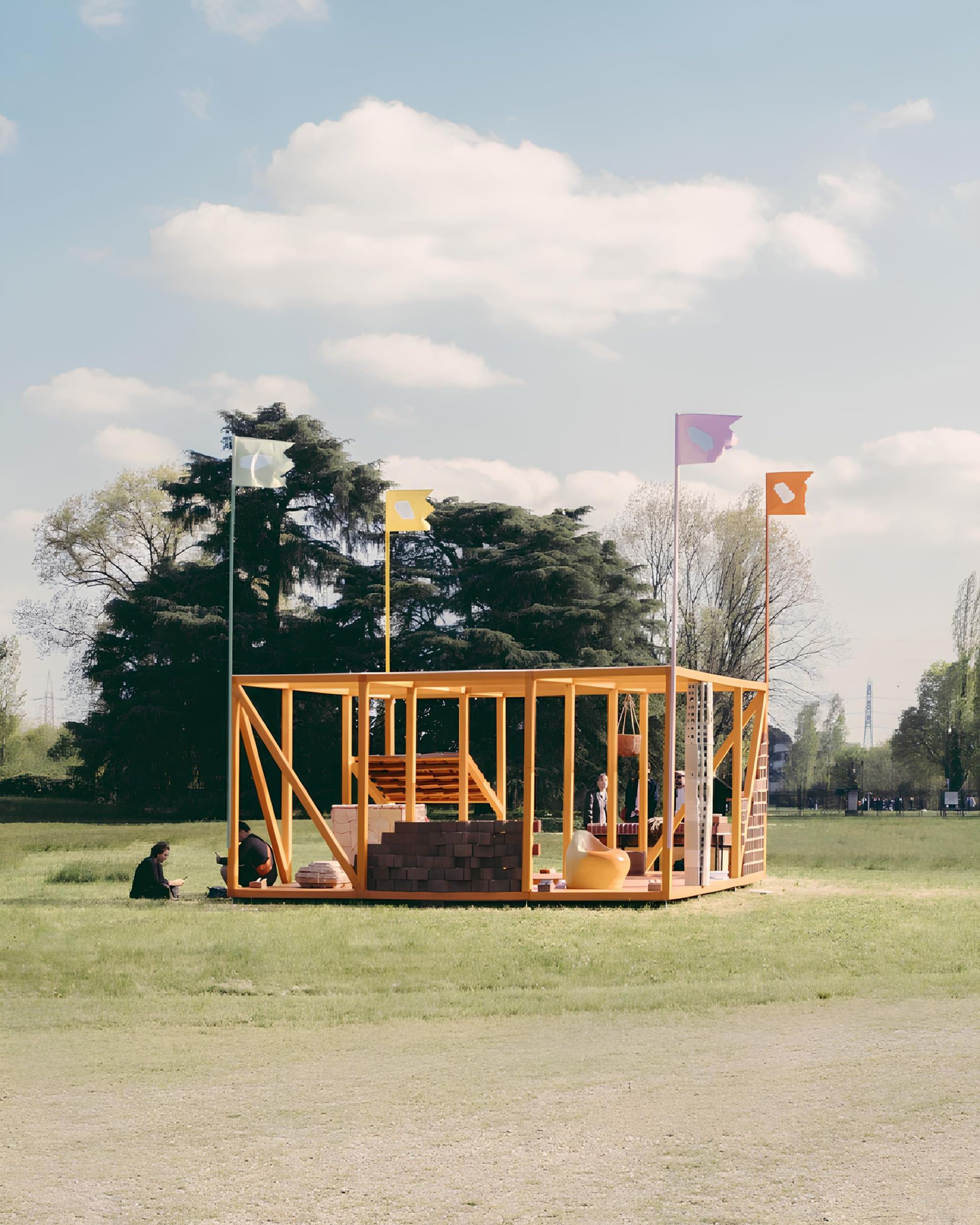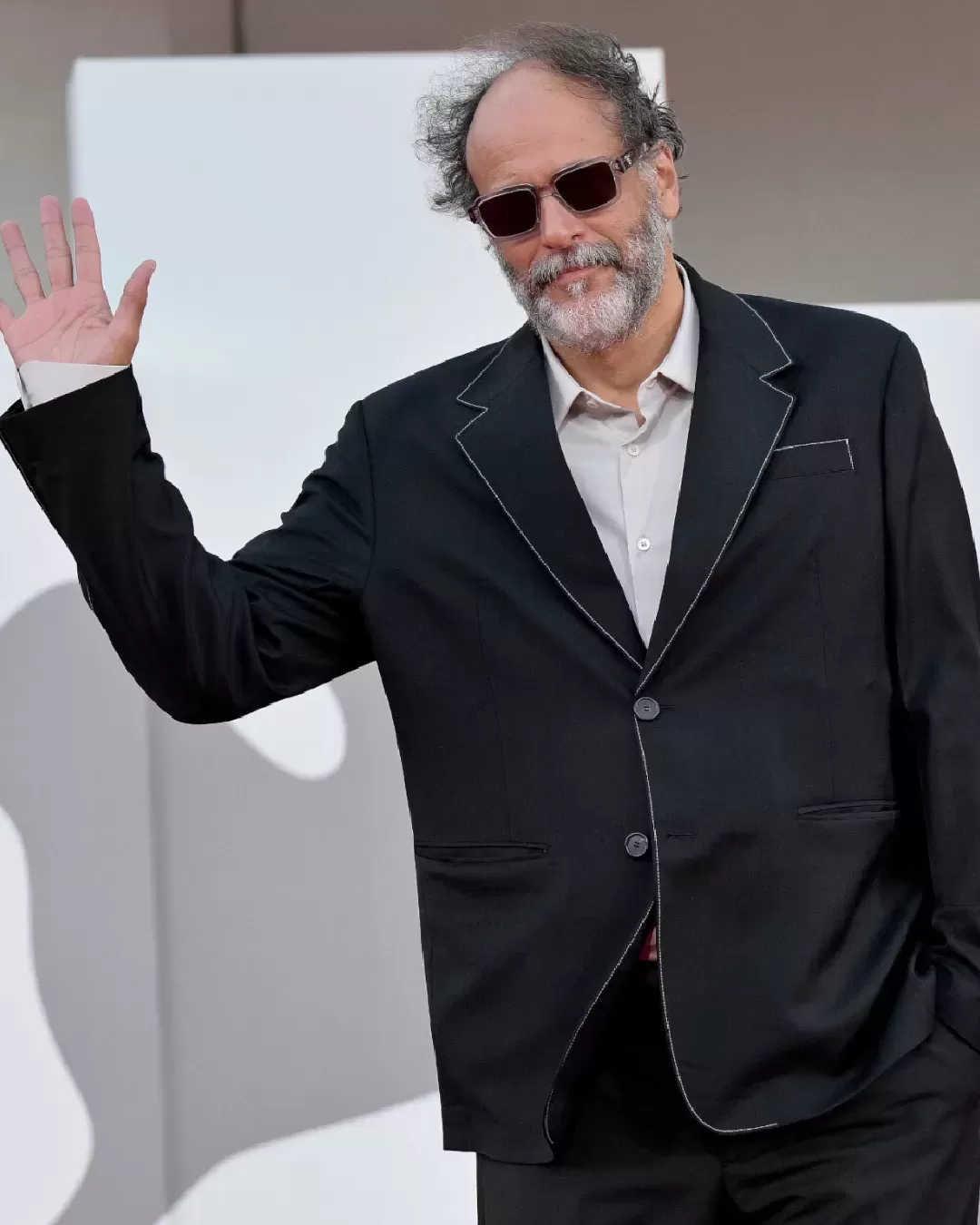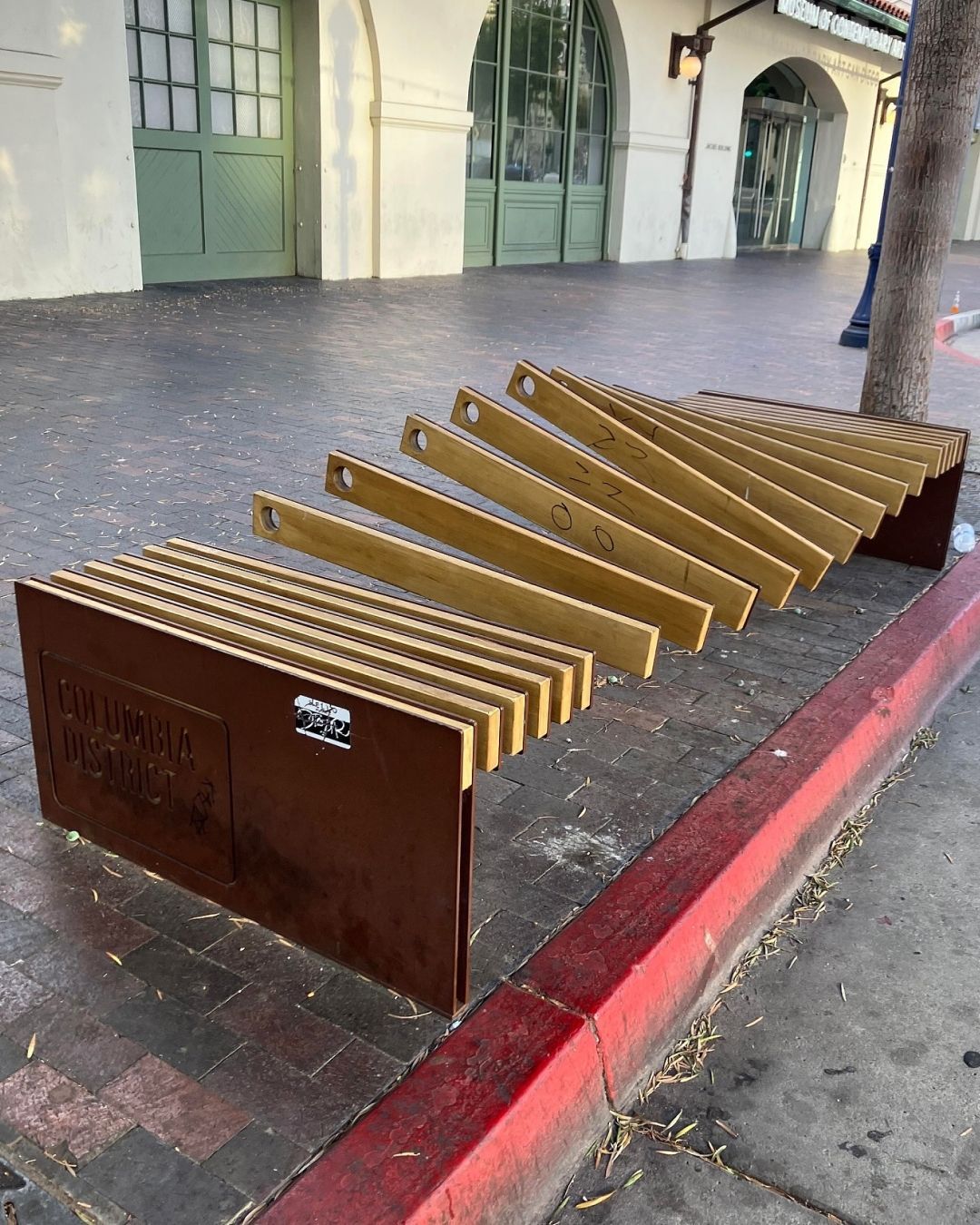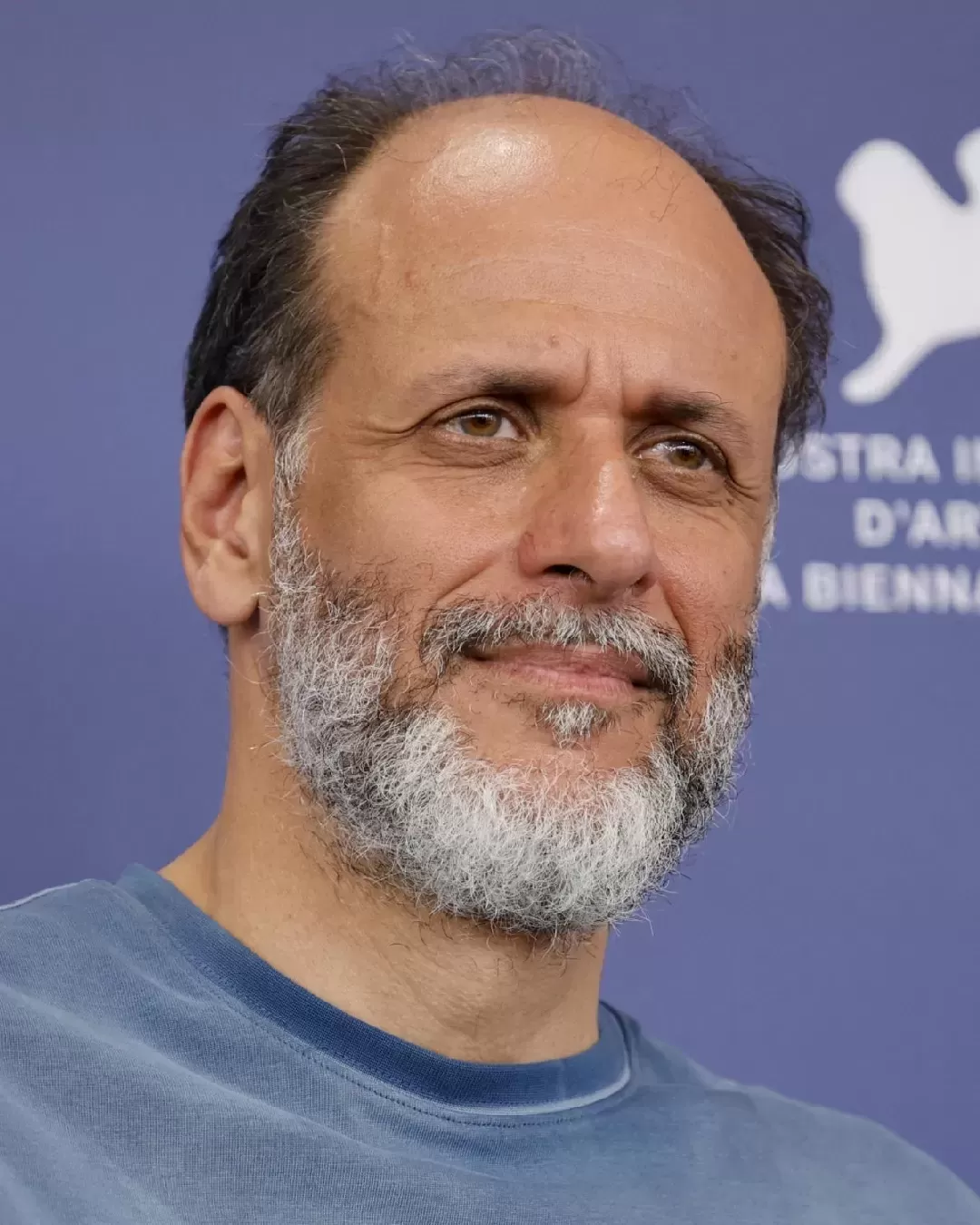
Grand Hotel Campo dei Fiori The abandoned Art Nouveau jewel, set of Luca Guadagnino’s Suspiria
Suspiria, the reinterpretation directed by Luca Guadagnino of the classic 1977 horror film by Dario Argento. Among the many secrets hidden in the story of Suzie Bennett (played by Dakota Johnson), American dancer who moved to Europe to follow the dance classes of a prestigious academy that will turn out to be a haunt of witches and occult sciences, there is one very interesting, linked to this mysterious place. Although the film is formally set in the Berlin of the '70s, the location chosen to shoot the scenes inside the Helena Markos Dance Company was actually filmed in Italy at the Grand Hotel Campo dei Fiori. Perched on Mount Tre Croci, a short distance from the center of the city of Varese, the structure, now in a state of neglect, looks like a sleeping giant, the decadent reflection of what, in its golden age, was one of the most beautiful examples of Italian liberty.
Let's go back in the first decade of the twentieth century. At the time the Varesotto is a popular summer resort destination, chosen for the tranquility of its mountains and its enchanting views not too far from urban centers. Thanks to the concomitant development of the transport network, in 1907 some entrepreneurs decided to merge their interests, formed the Anonymous Society of the Big Hotels Varesini and hired Giuseppe Sommaruga, one of the leading exponents of Art Noveau in our country, to erect three projects : the funicular stations and two hotels, one with 30 rooms (which will become the Belvedere restaurant) and another 200-room hotel. The latter, the Grand Hotel, with its layout divided into three sectors illustrated in several articles such as
"A central body stretched out towards the Varese valley and two asymmetric and staggered side wings, which form an open V towards the north"
it is where the famous architect's intervention is most evident. The building built between 1910 and 1912 had to be a real jewel, with its majestic stone portico on the back side, and, present both on the external and internal façade, with the play of balances between circle and square motifs , the decorations carved in stone and cement, the bas-reliefs of the bar counter or the boiserie of the salon, the mirrors and floral decorations, but also with antique lamps, elaborate railings and dragon-shaped gargoyles, all the master's work of wrought iron Alessandro Mazzucotelli,...
It is not surprising, therefore, that here an elite tourism usually met, interrupted for only a short time by the two world wars. For about half a century the marvelous complex is the destination of a great flow of visitors, but, little by little, tourism, thanks to the economic boom of the 50s that facilitates the possibility for a large slice of people to get away even a lot from the city, begins to move from the mountain to the sea. The number of those who frequent the Sacro Monte becomes increasingly smaller and, in 1958, led to the closure of the branch of the funicular in Campo dei Fiori. The hotel still survives for a decade and concludes its happy chapter in 1968, when the last guest crosses its threshold. The building falls into hibernation, a victim of natural decline and, above all, of negligence and various thefts (the most sumptuous and valuable details have disappeared). In the eighties, the Castiglioni, a family of local entrepreneurs, bought the building giving rise to hypothesis on its reopening. Idea that fades soon after the roof of the hotel is used as a "base" for radio antennas. Again the Grand Hotel Campo dei Fiori falls into oblivion, at least until Guadagnino chooses it as the location for his new film. So the walls now faded, the semi-collapsed ceilings and dusty furniture come back, even if for a short time, to live thanks to the cinema.
The mastery of Inbal Weinberg, production designer of the film and her team transforms the long lost bygone era passed in the monolithic Bauhaus building which houses the dance academy of a vintage Berlin. How? The woman explains it in detail in an interesting interview in The New York Times. She re-elaborates the hotel's ornate interiors, gluing mosaic and floral motifs to make it more minimal, leaving Le Corbusier's sense of simplicity, mixing decorative qualities of 19th-century architecture with 20th-century modernism throughout Europe in a way that recalls Adolf Loos. For example, the Academy's kitchen was designed to have a utilitarian aesthetic, similar to the kitchen created by Margarete Schütte-Lihotzky in 1926, one of the first mass-produced kitchens produced in series. To see how the hotel's rooms have come back to life, reworked in the lobby, dance studios, offices, kitchen, dormitories of the dancers and in the secret Mutterhaus, you'll have to go to the movies. What we can reveal is only our hope that the hype around an architectural wonder of our forgotten country continues to grow, to produce a real work of restoration.










































